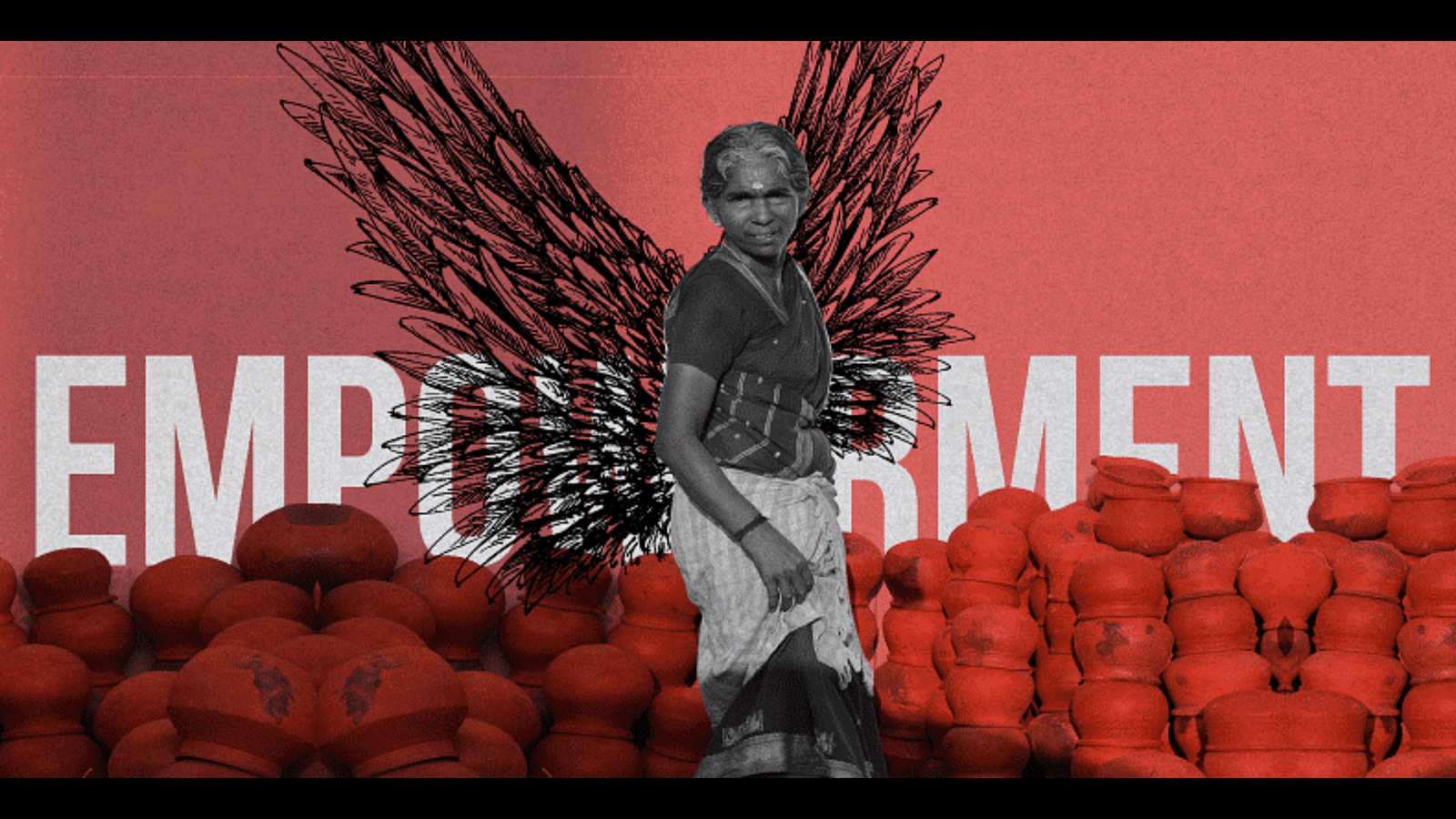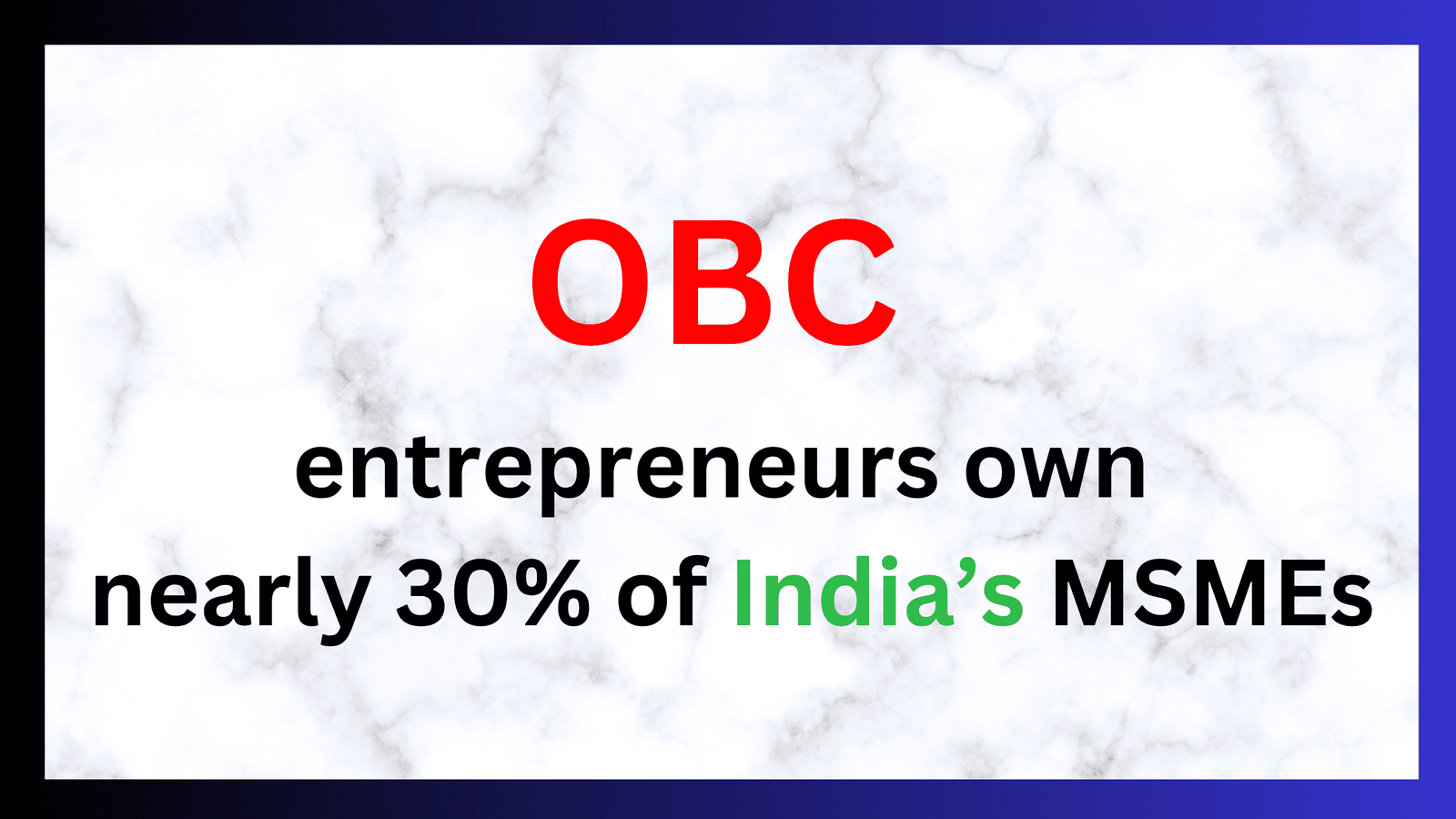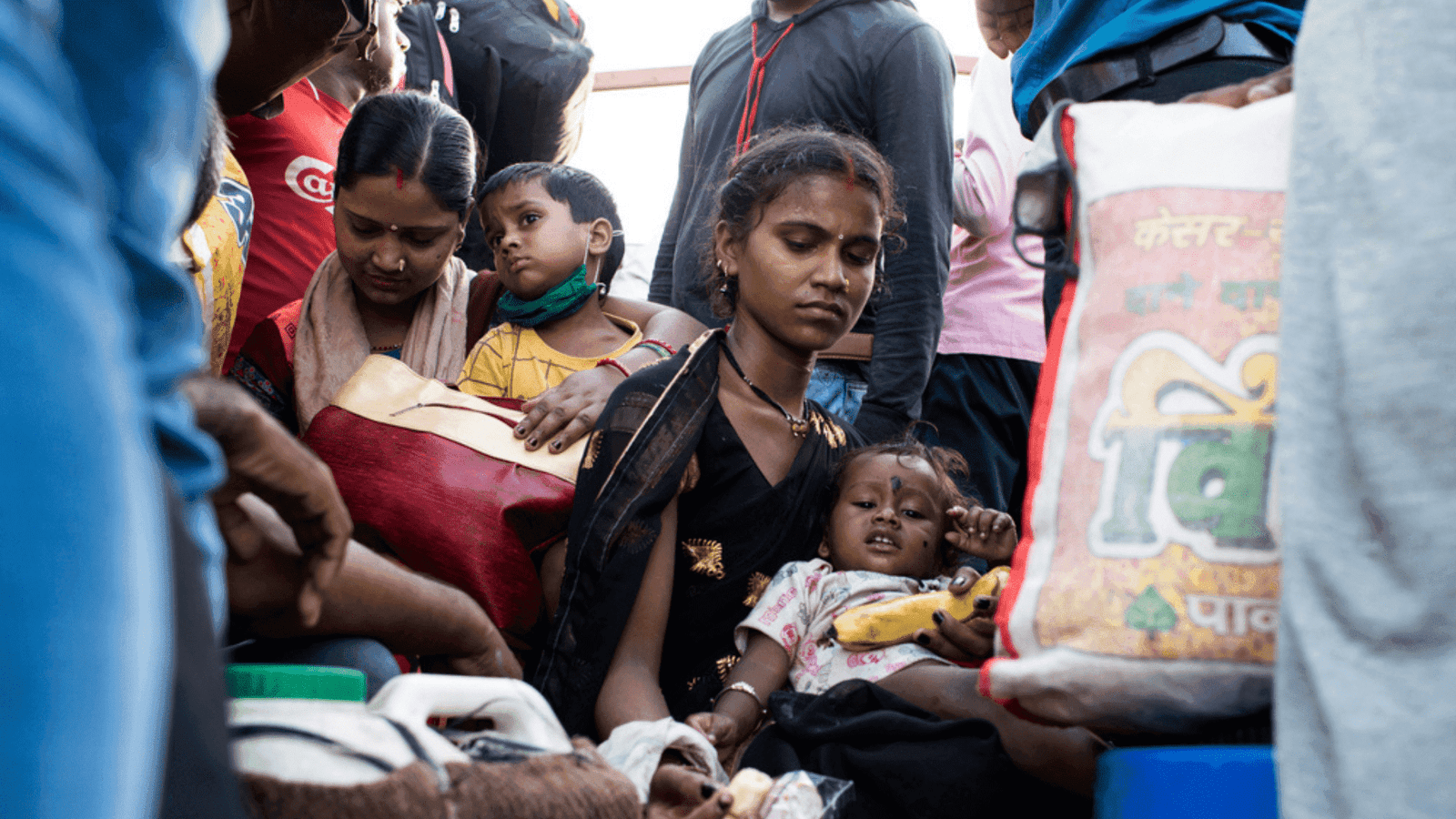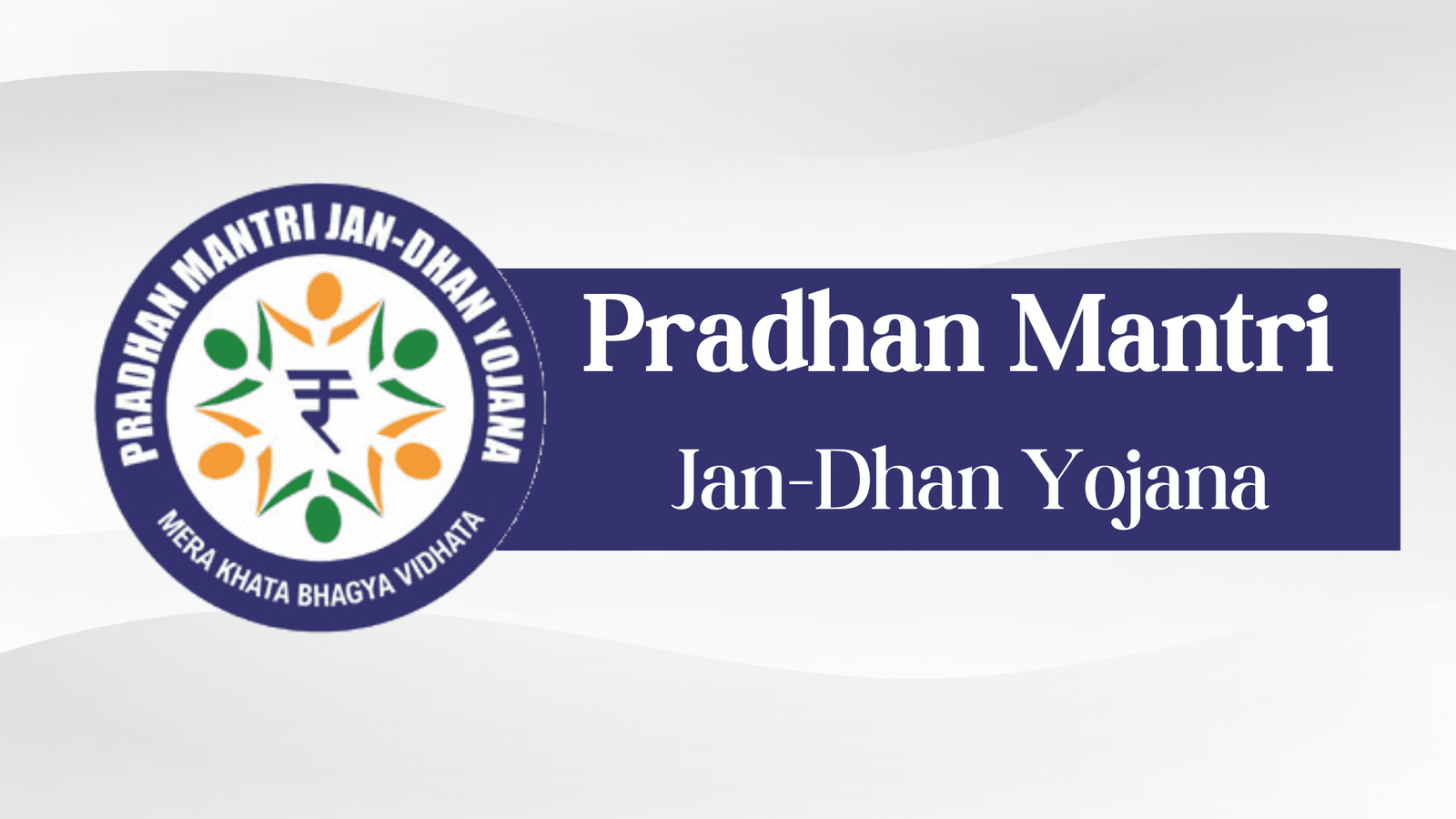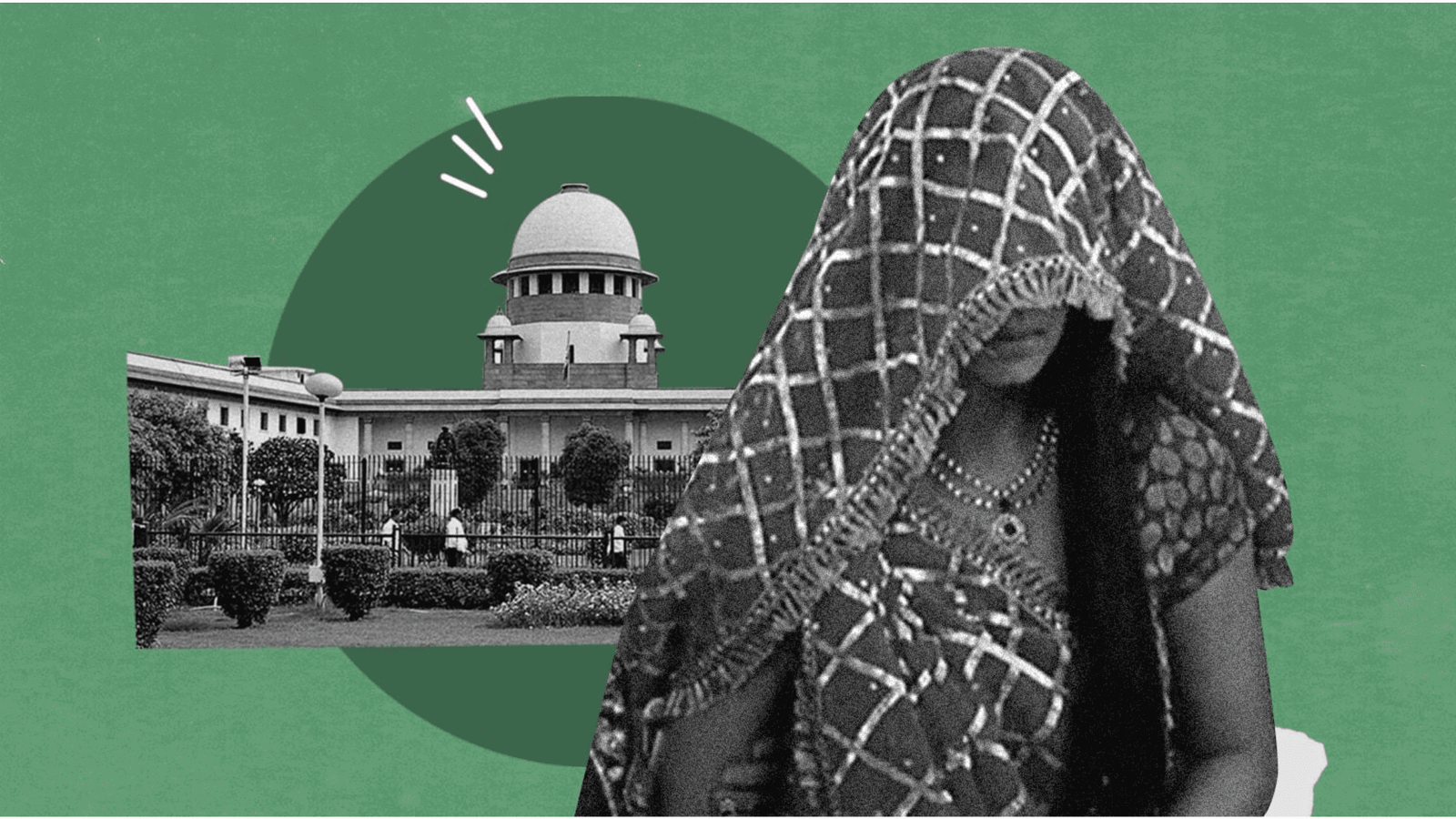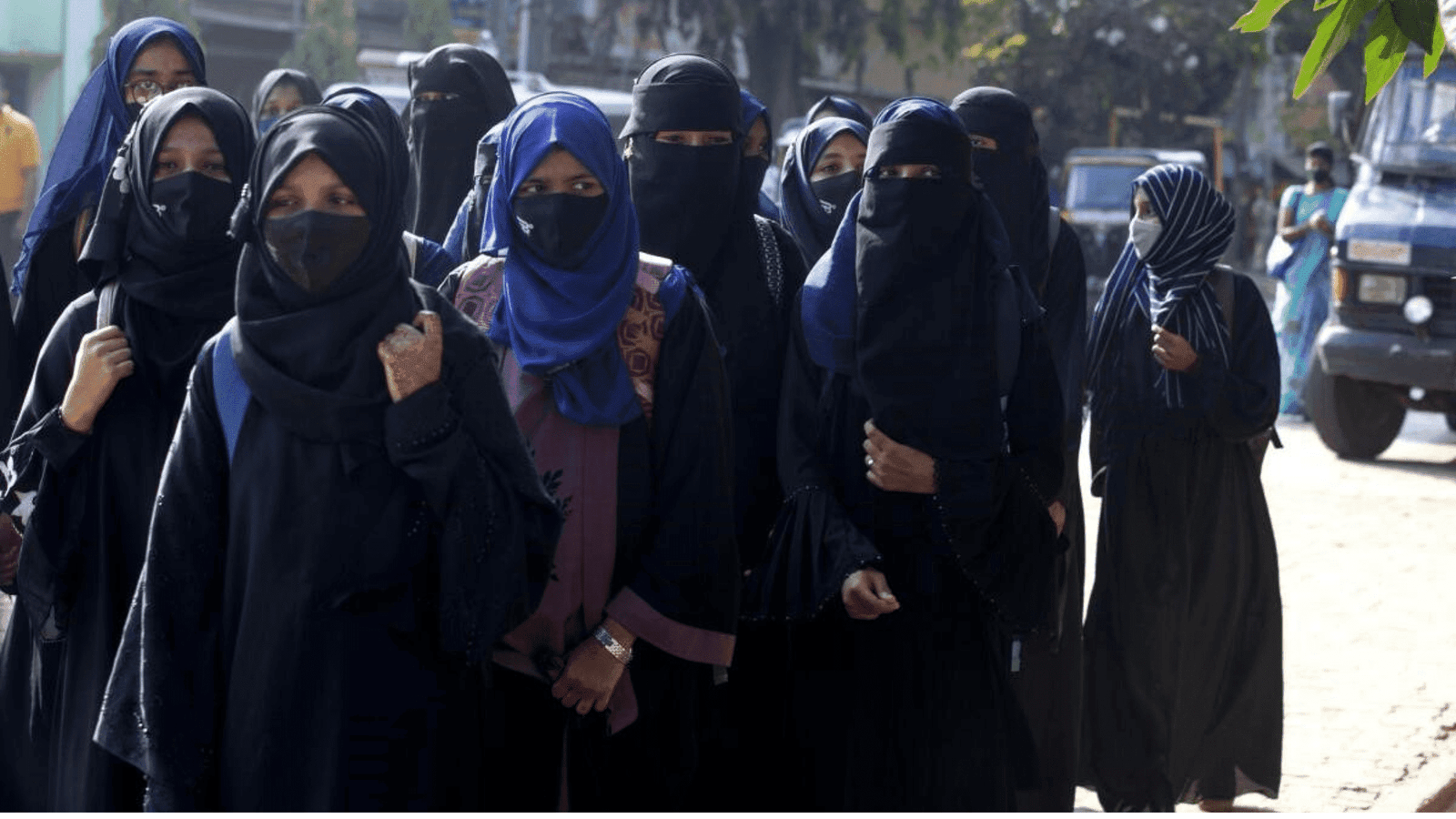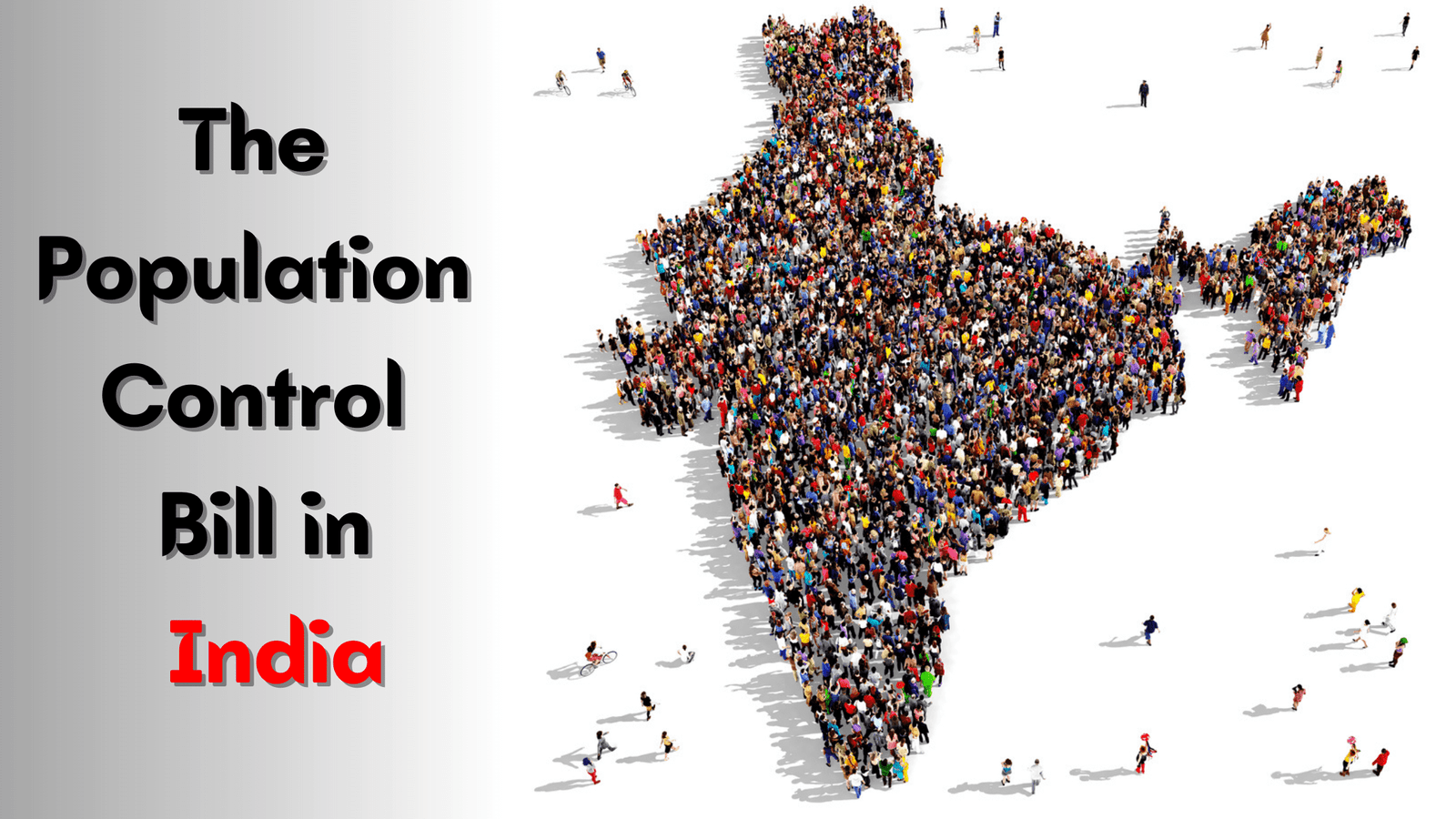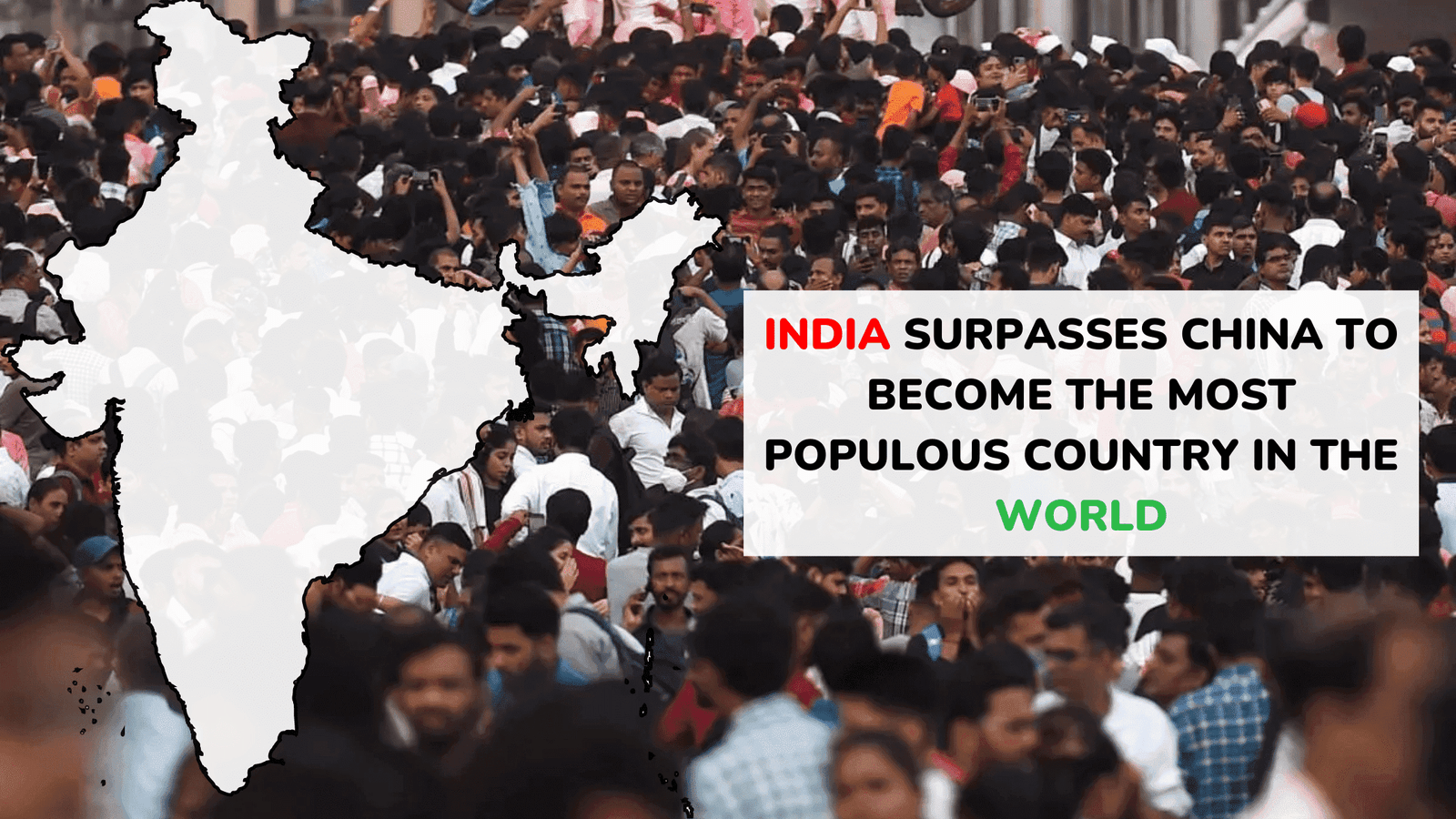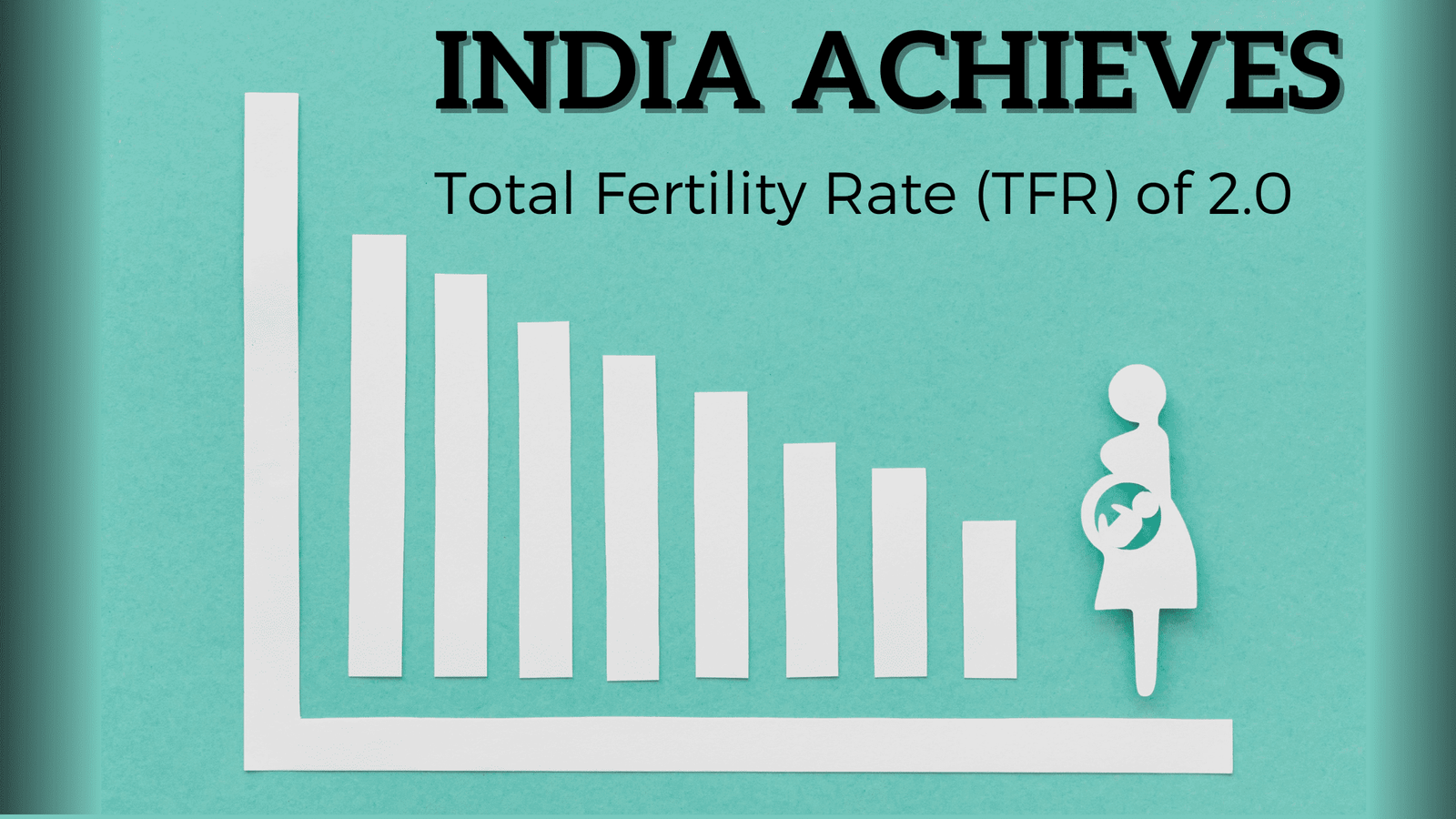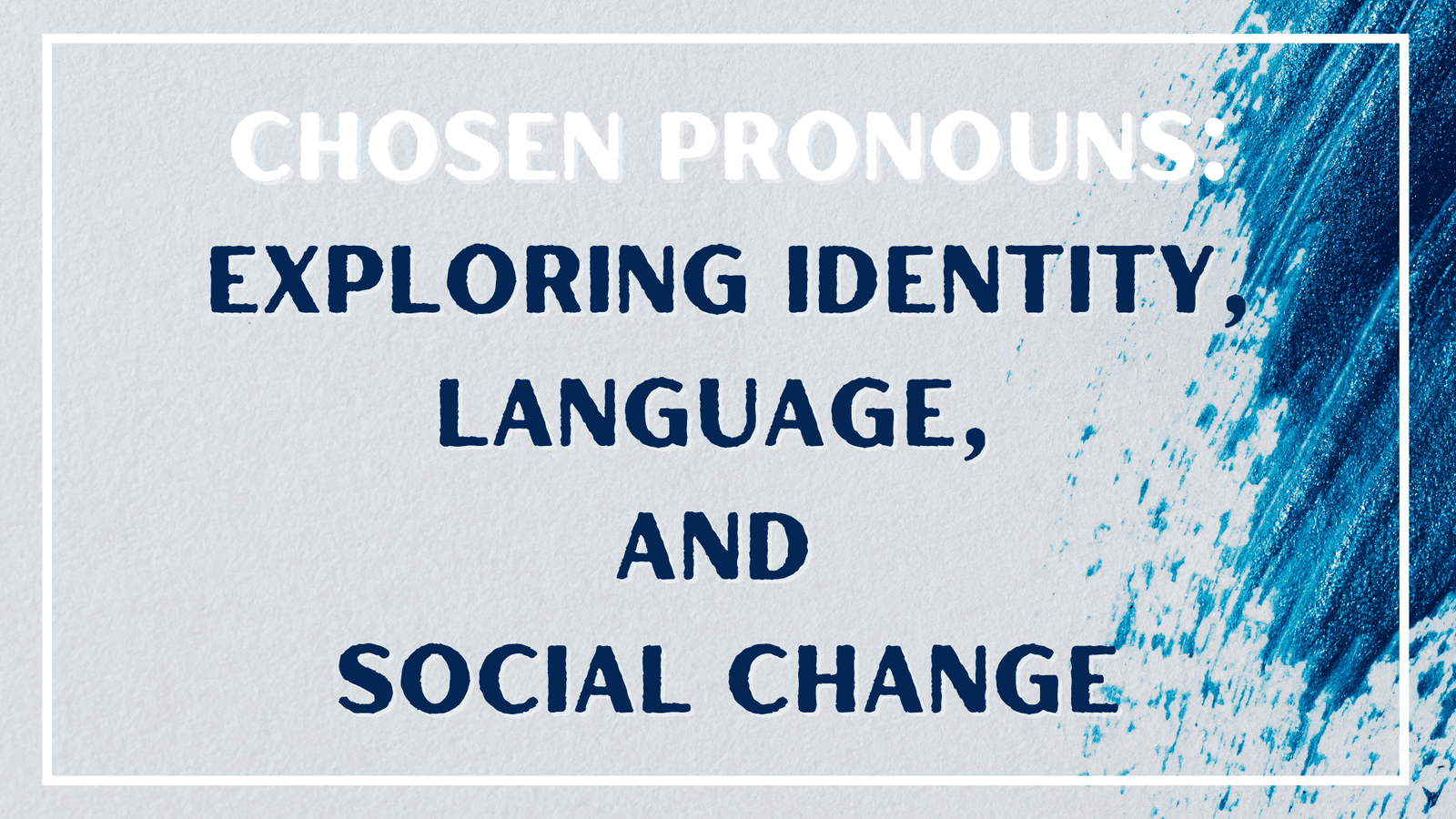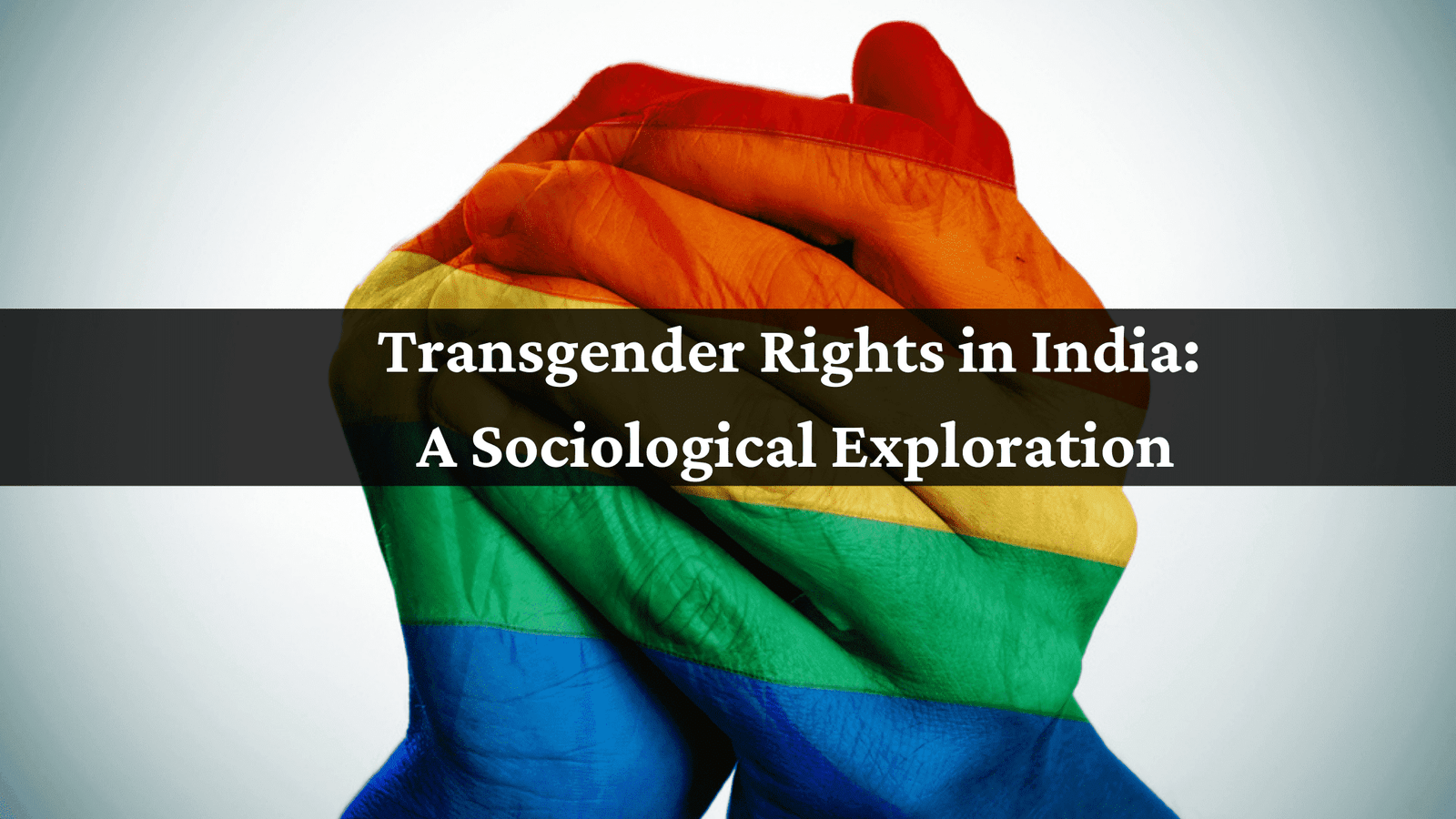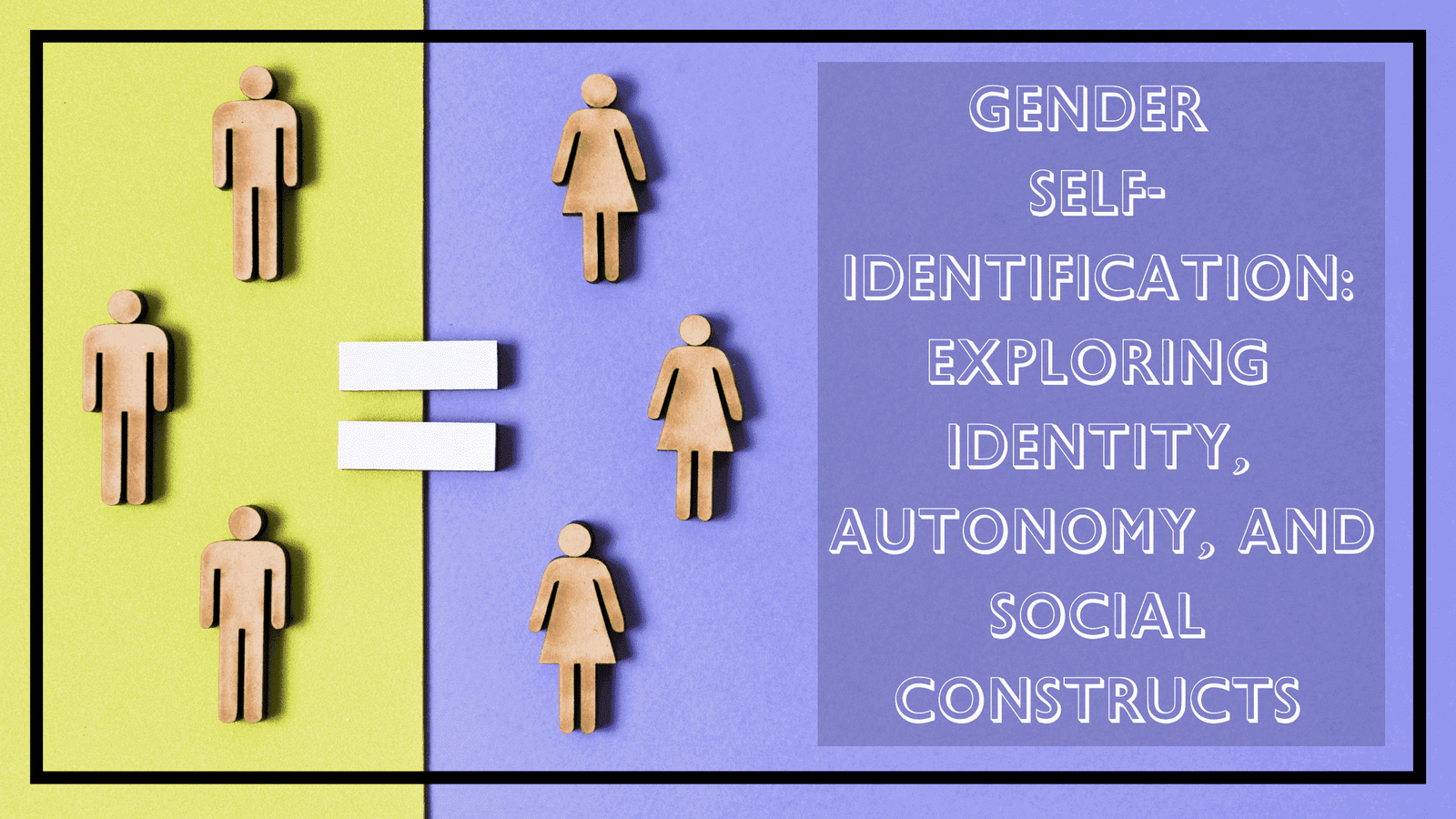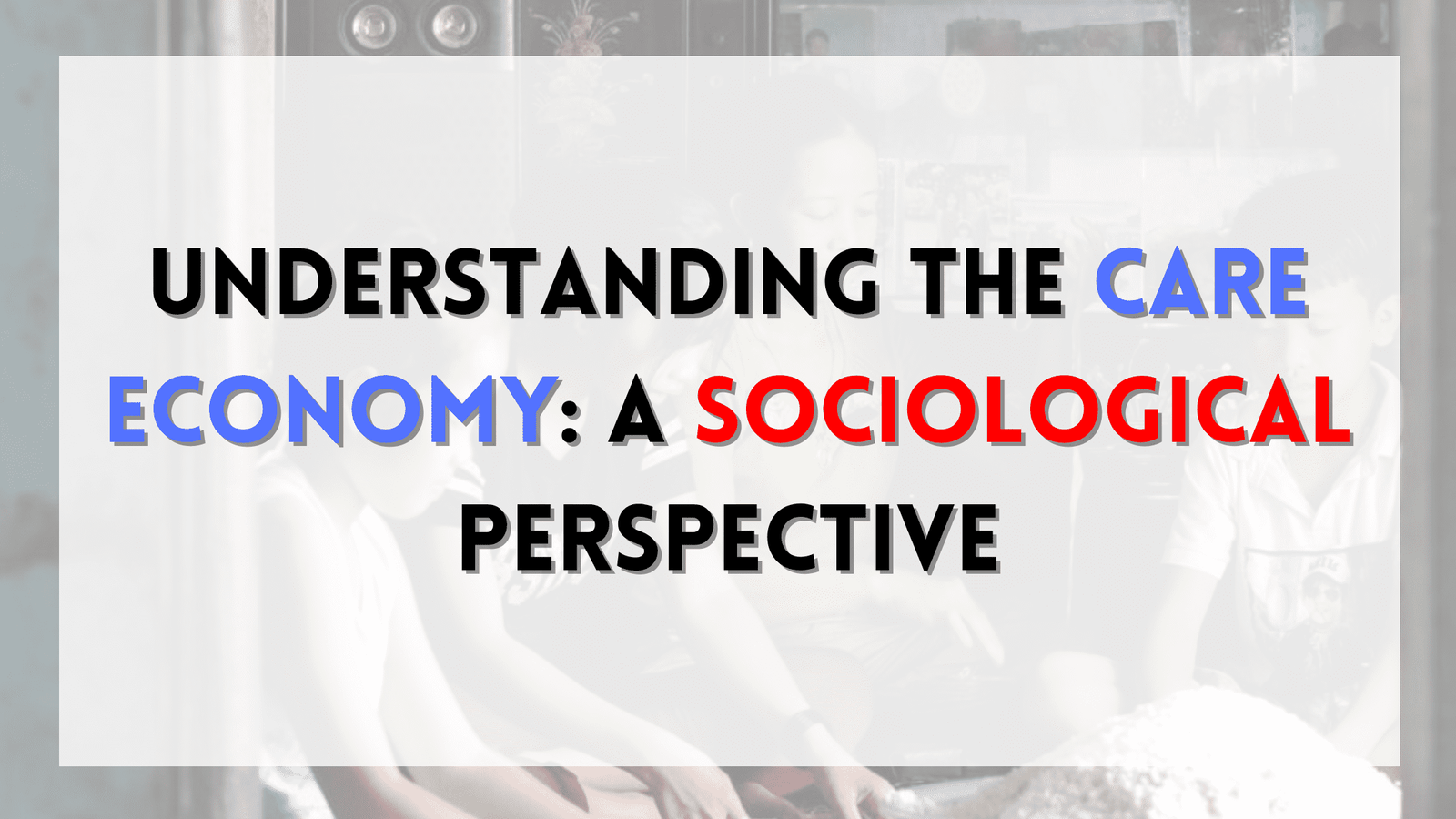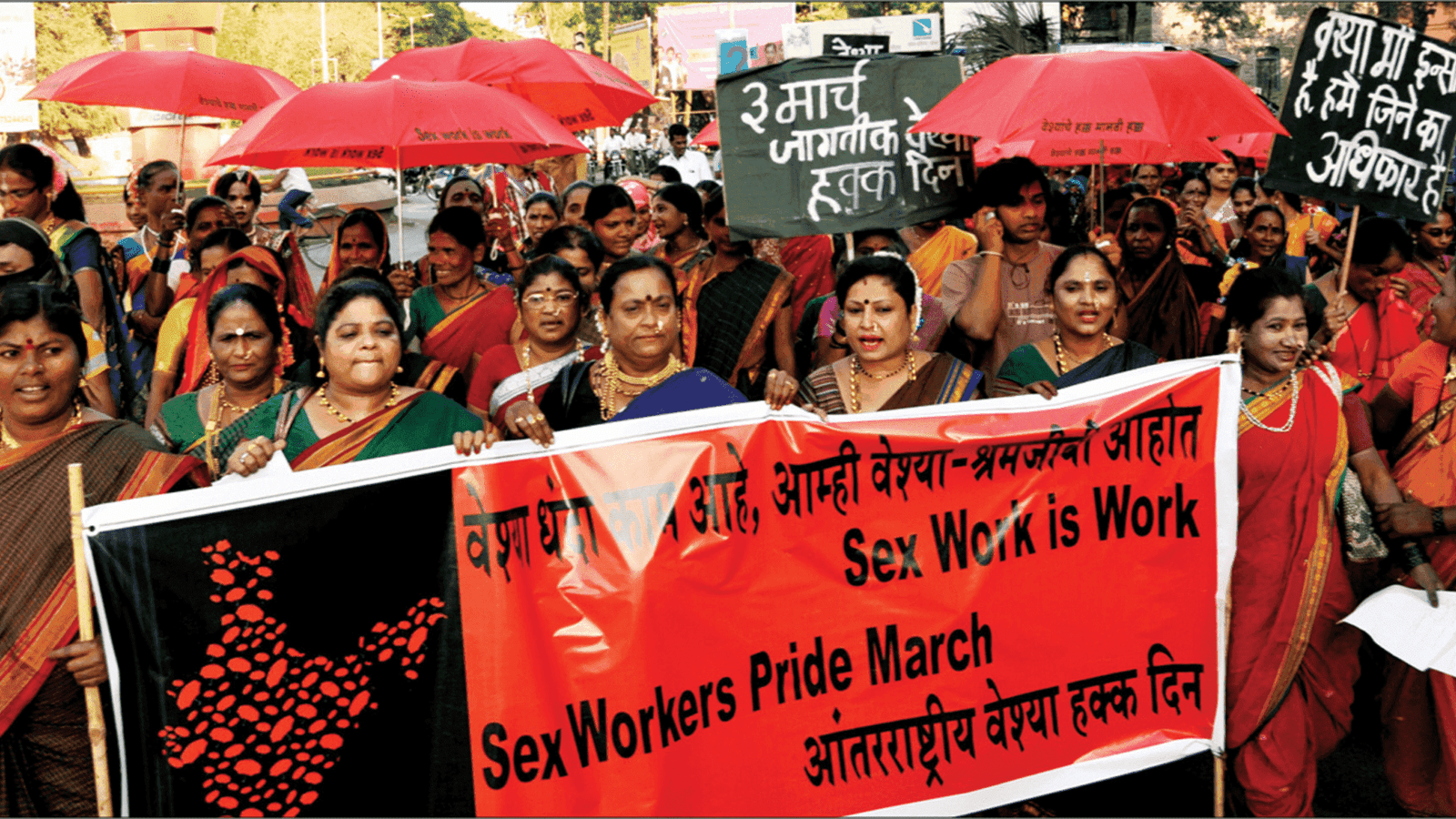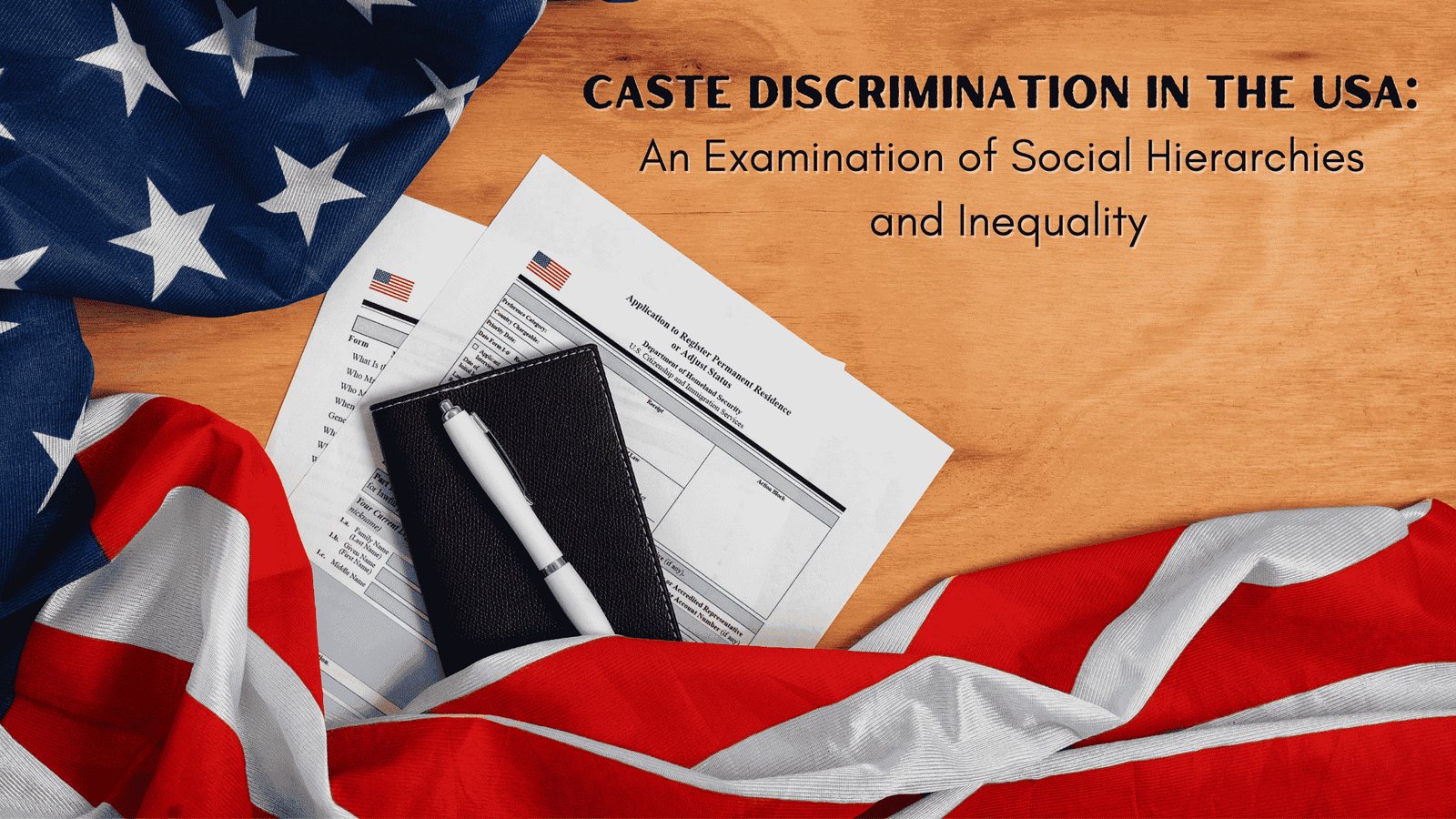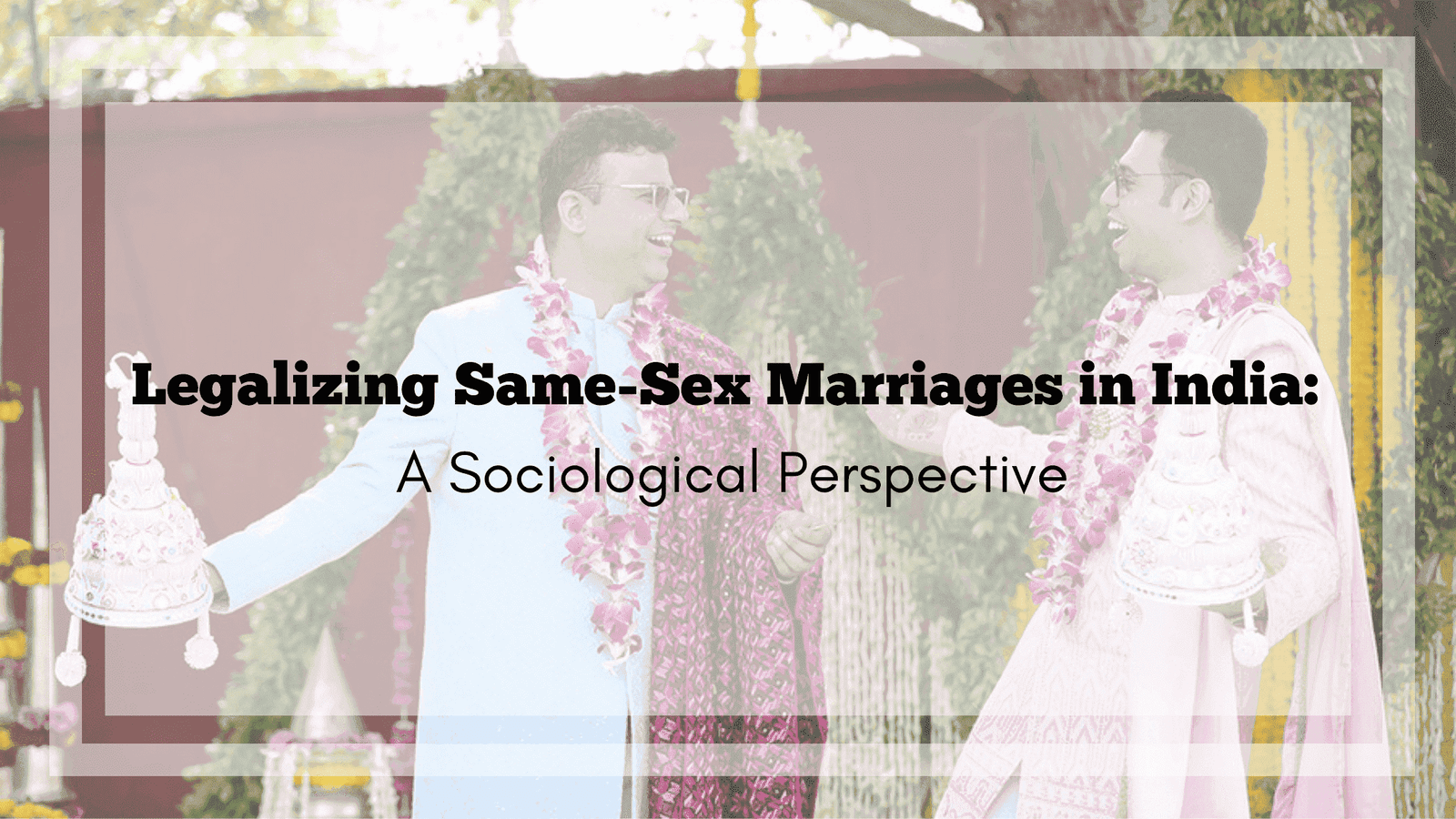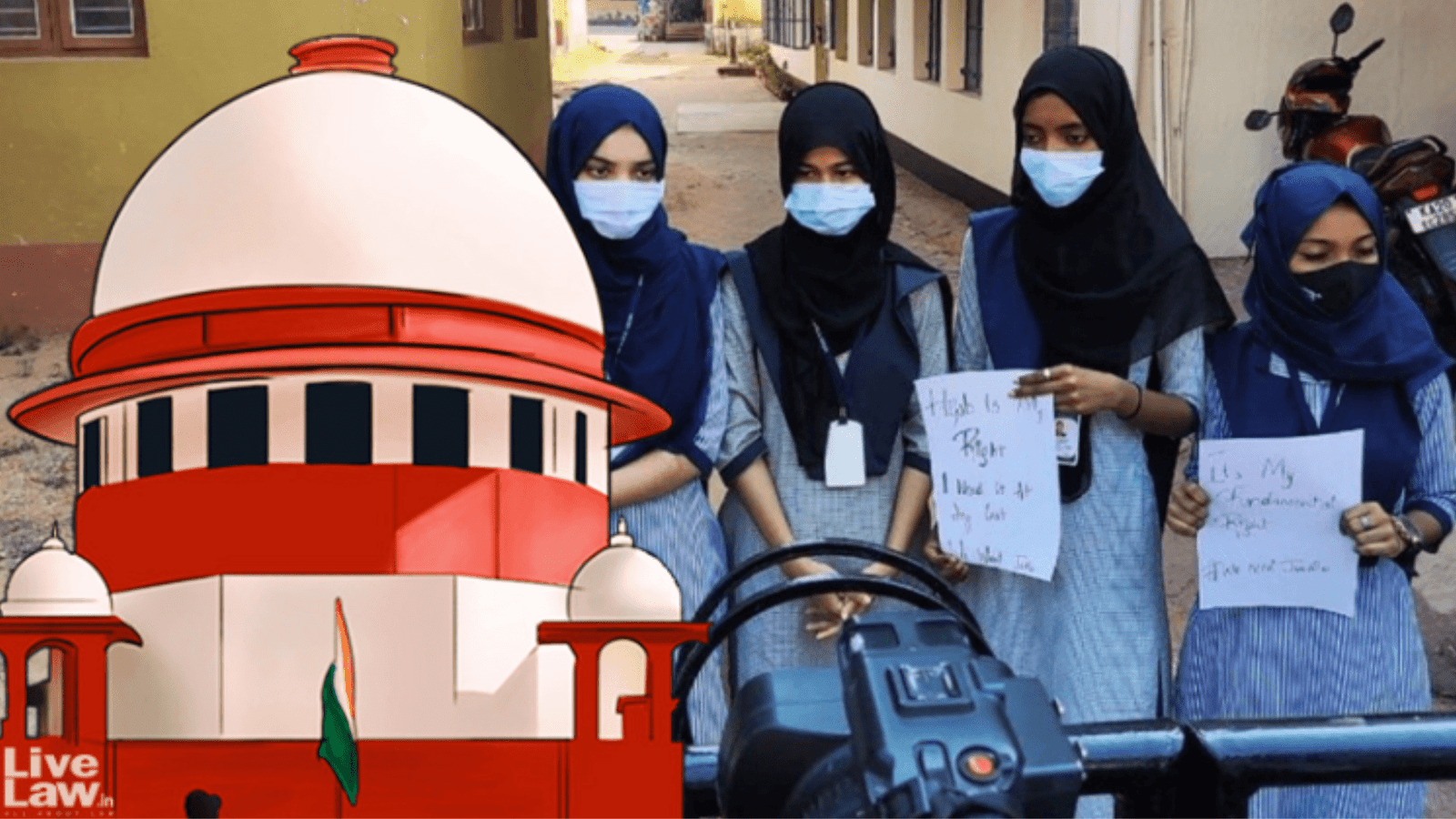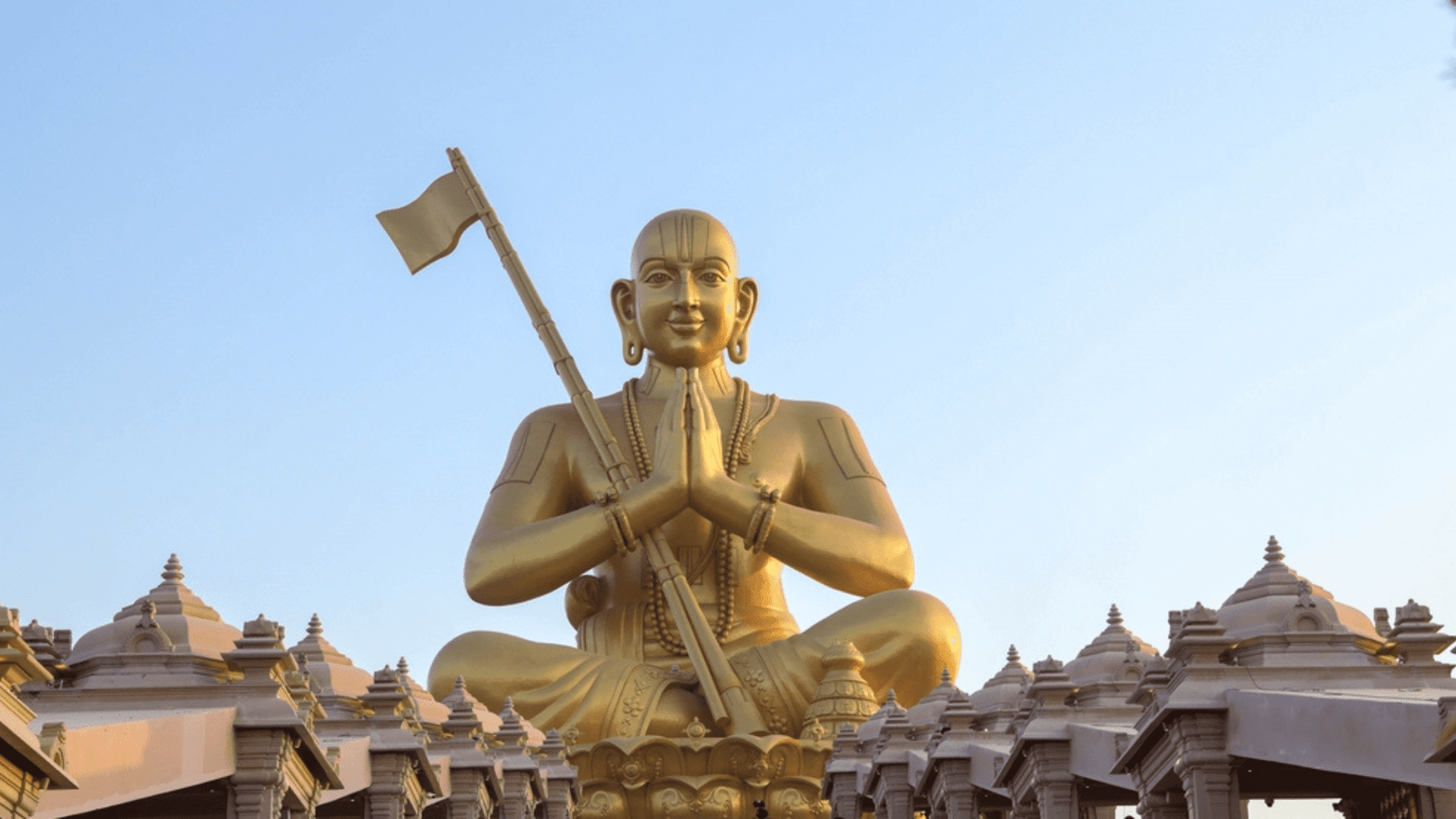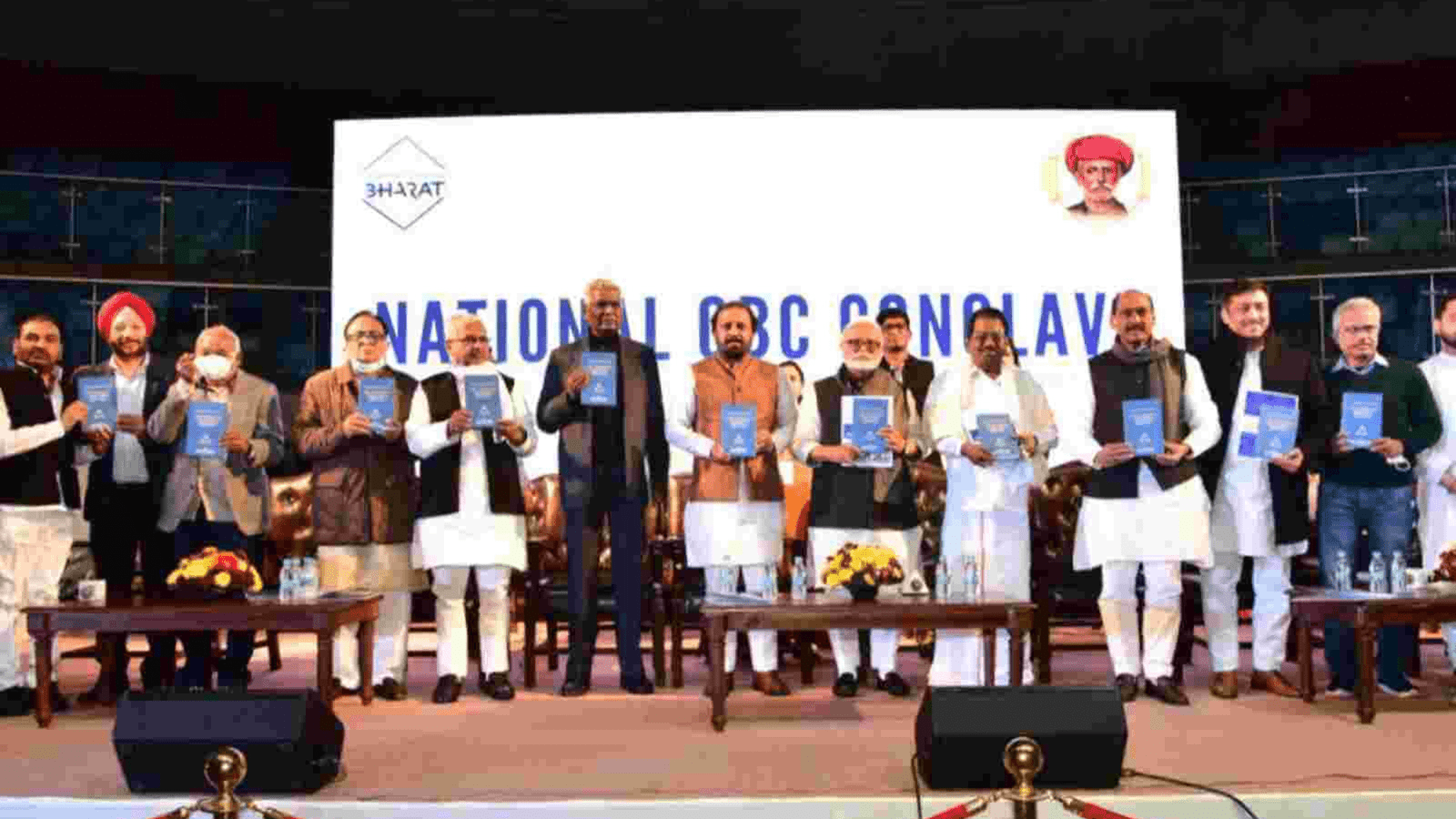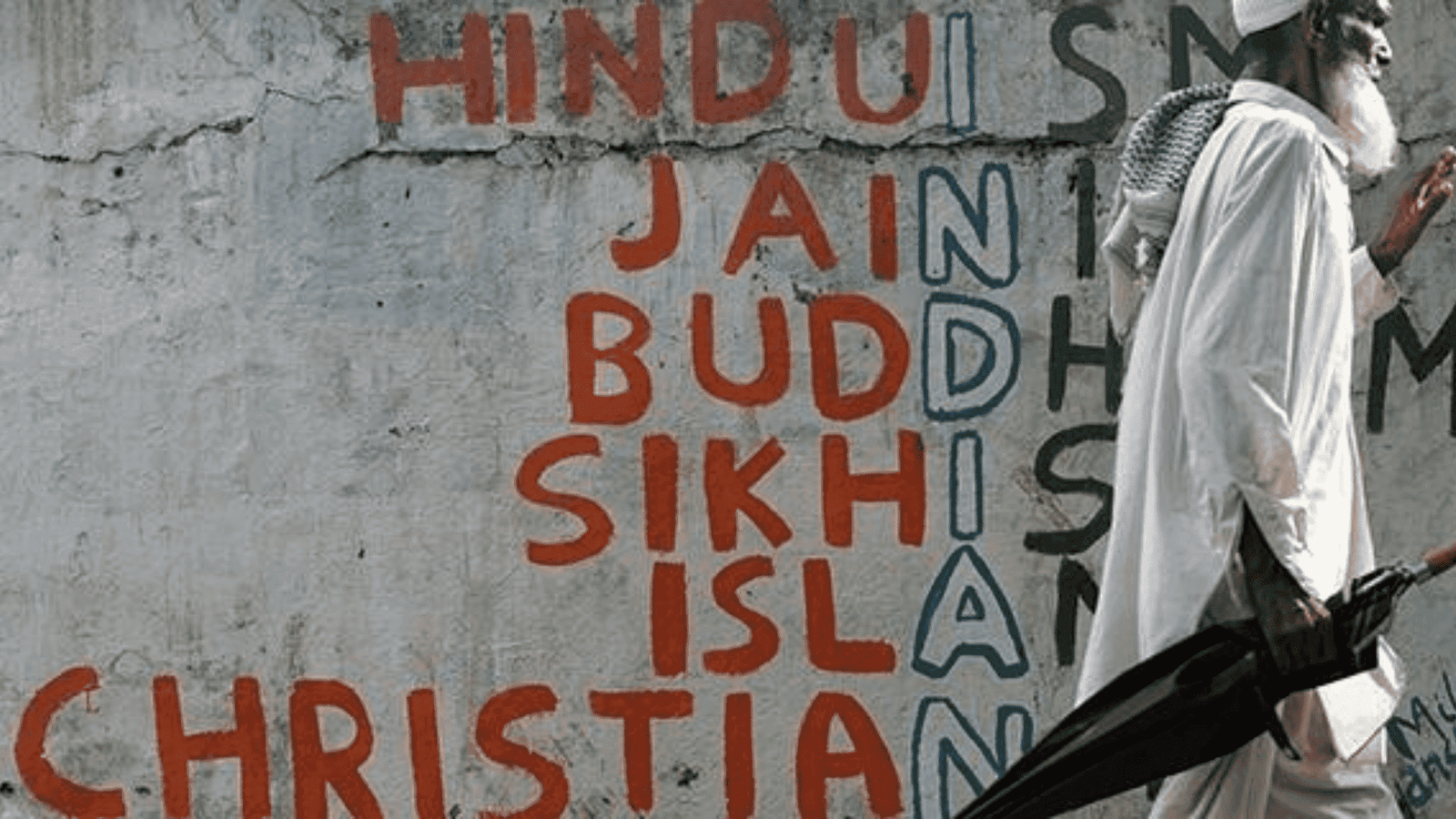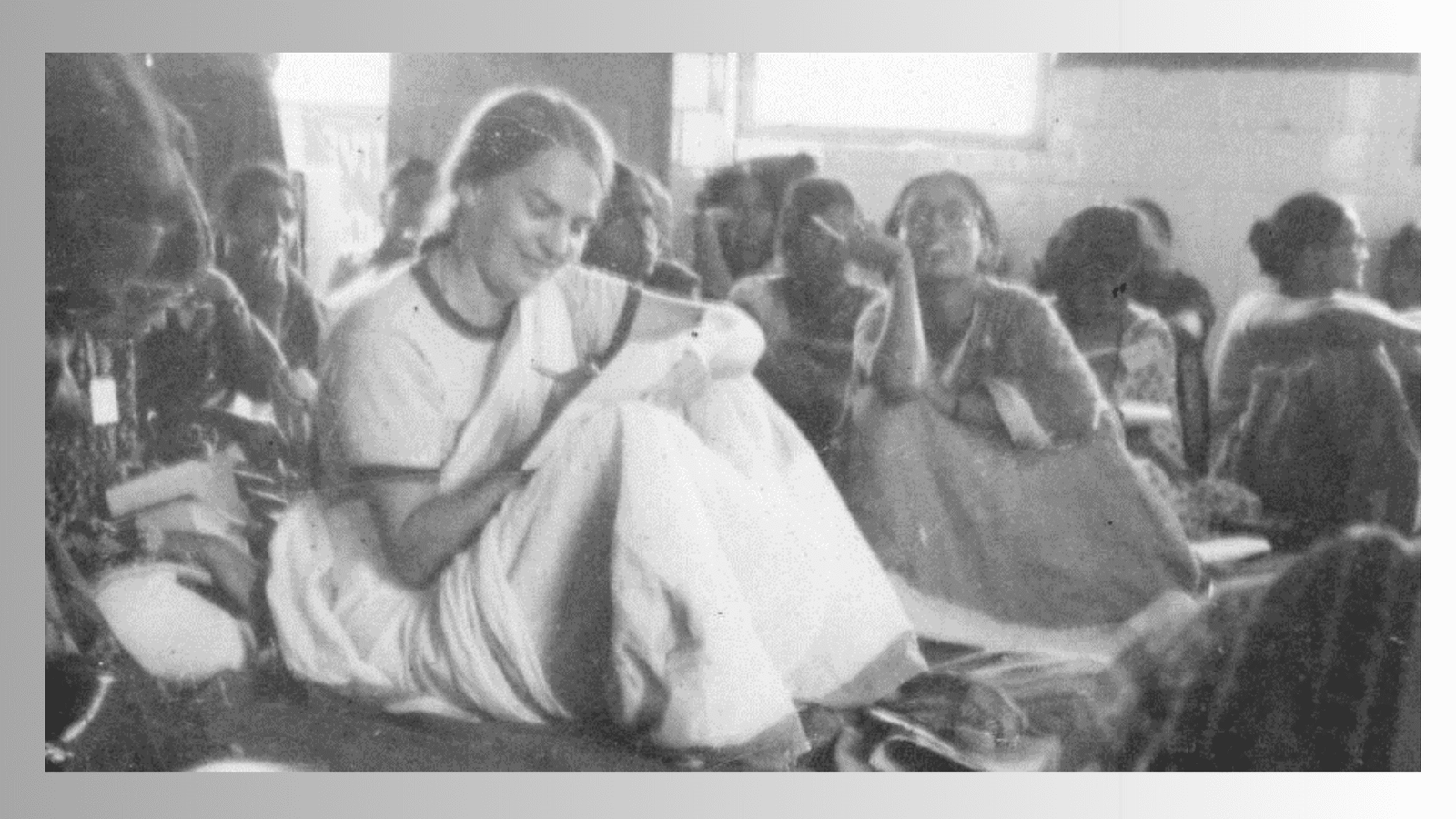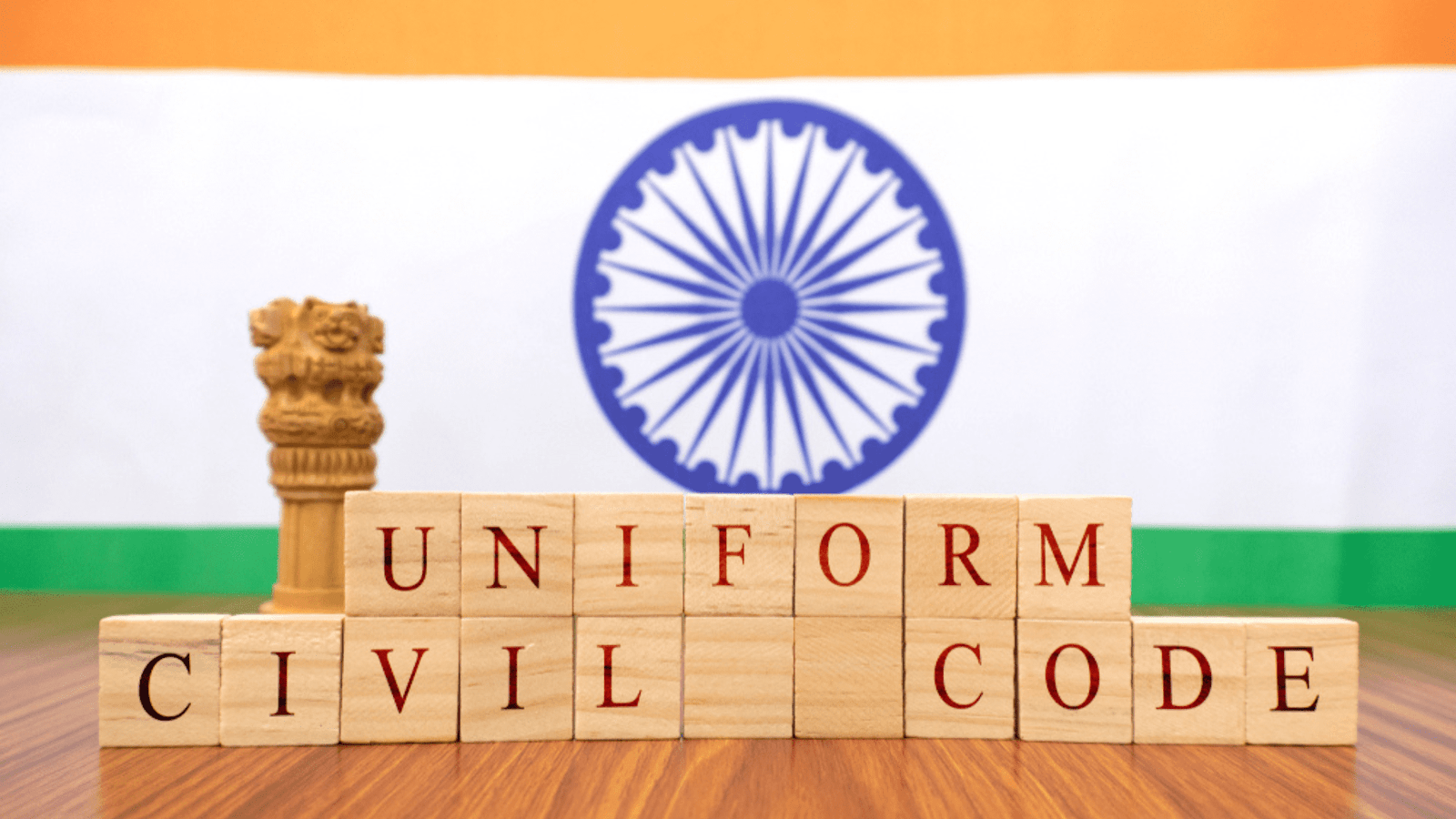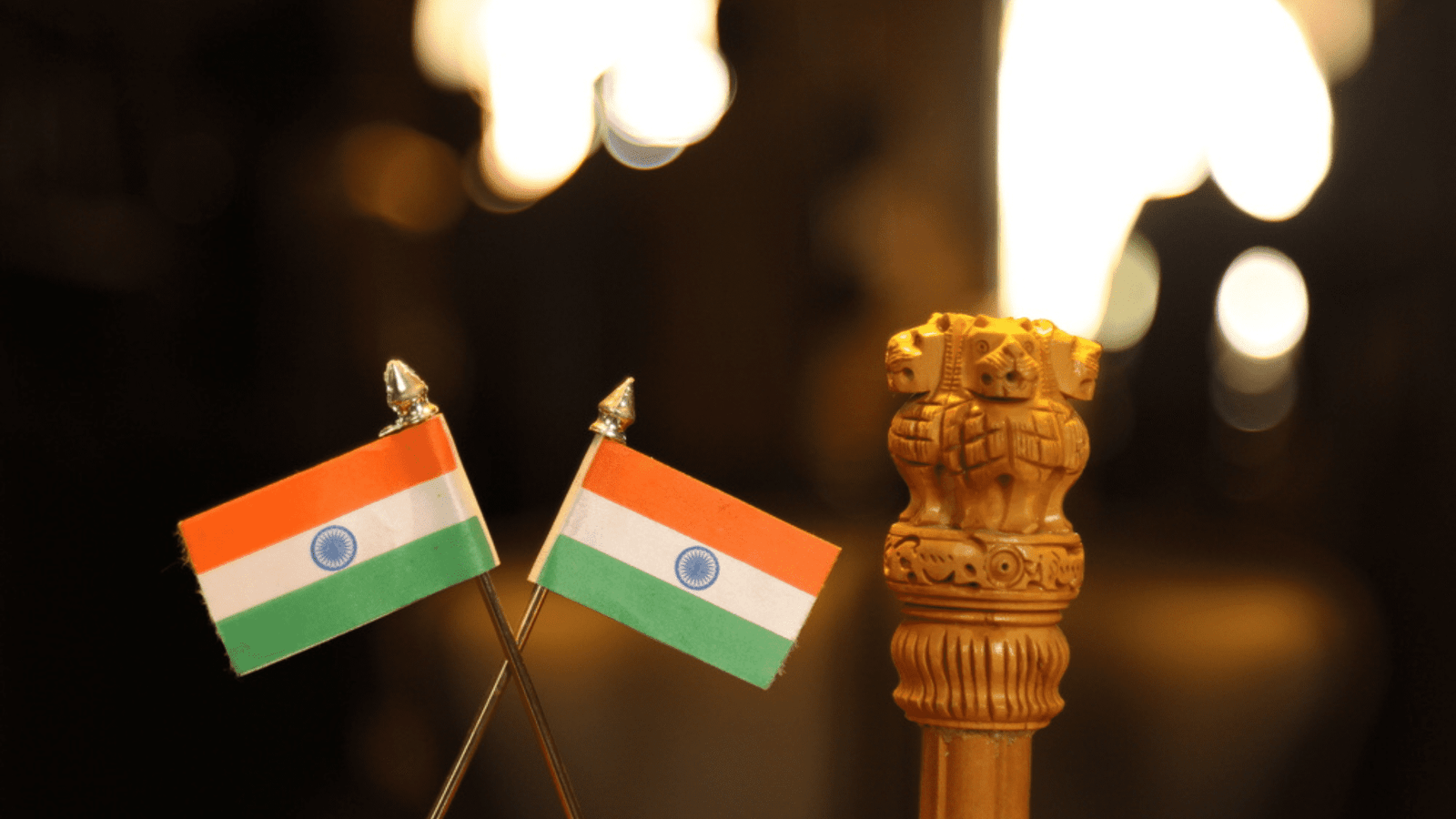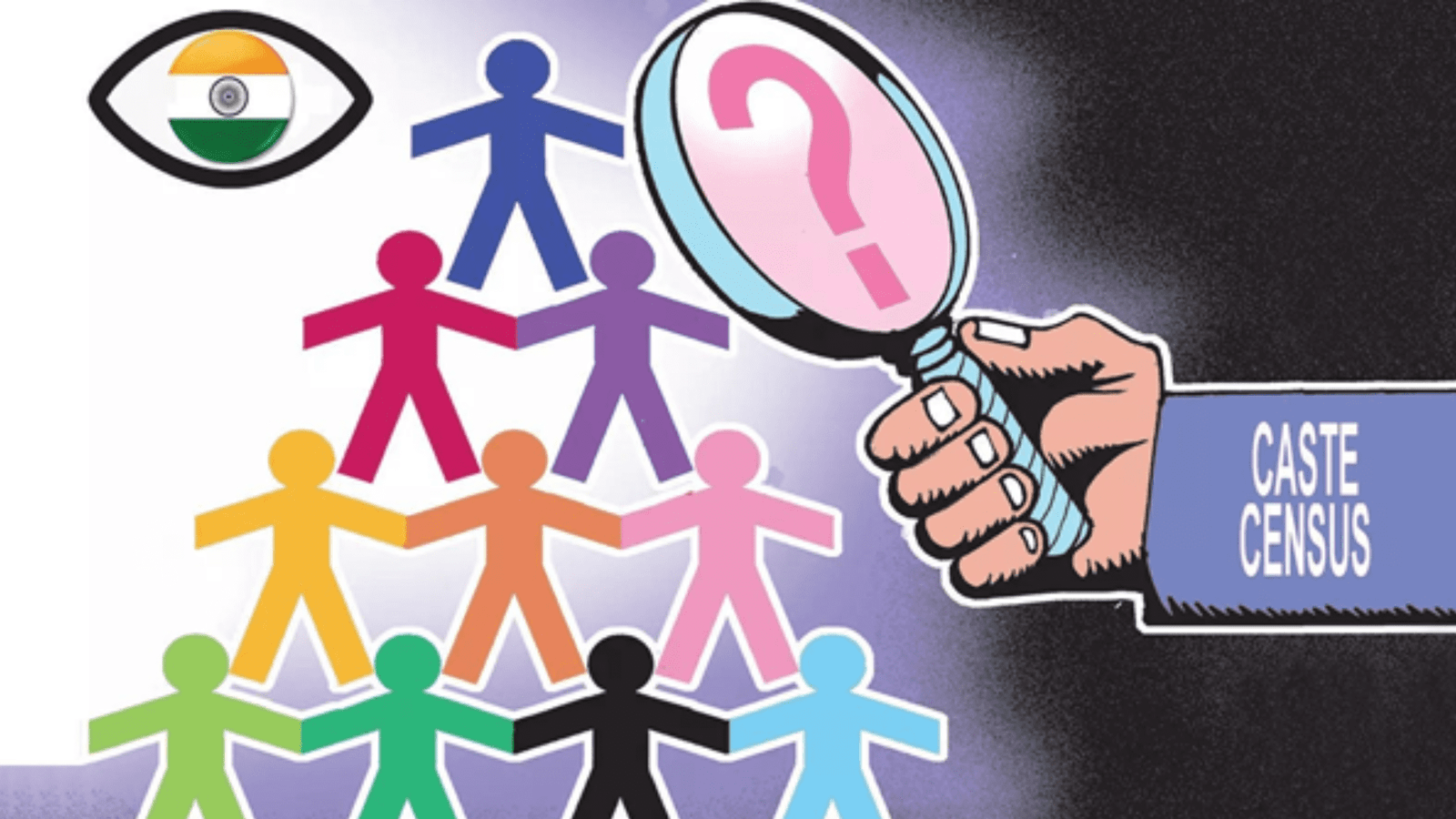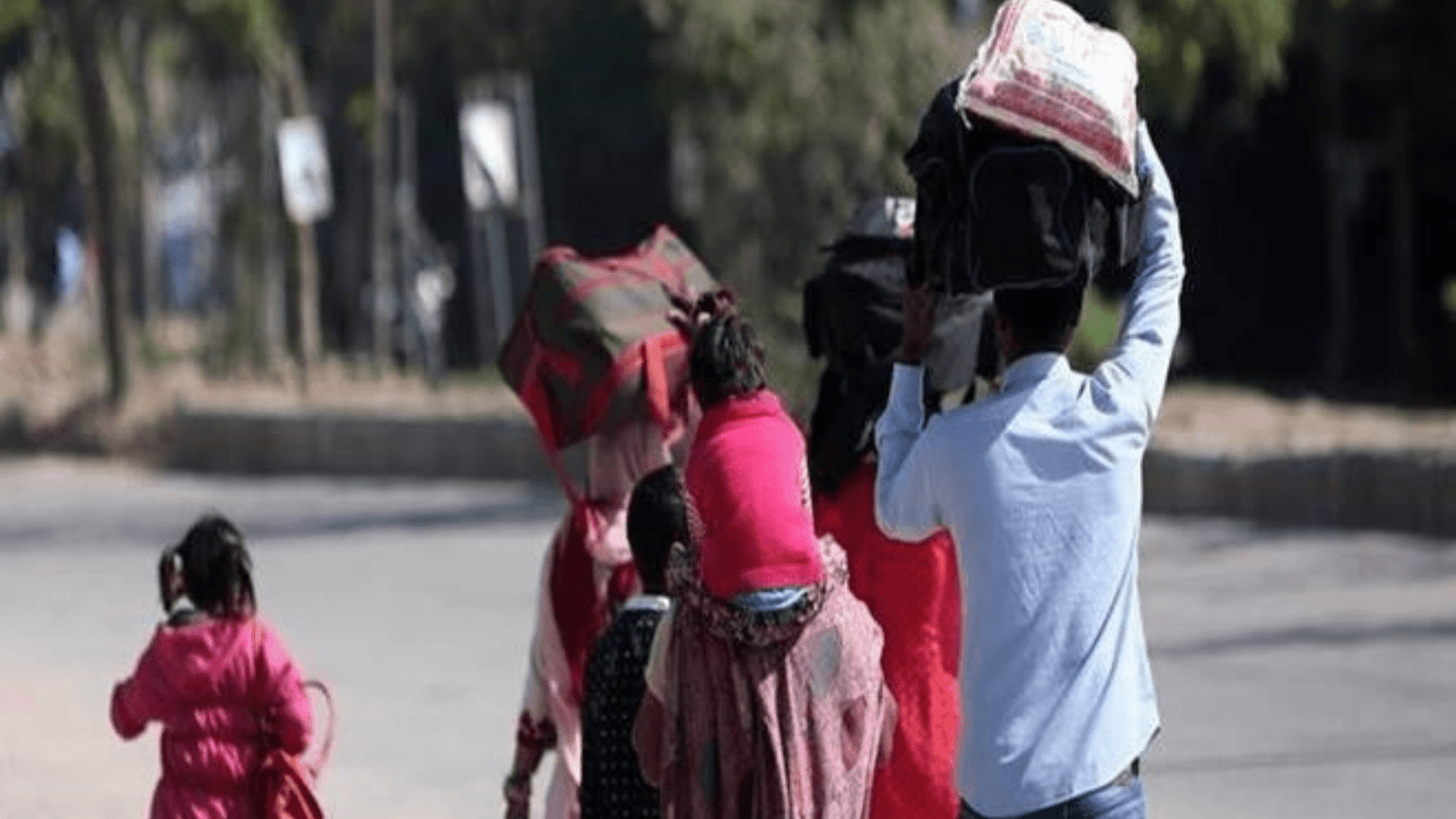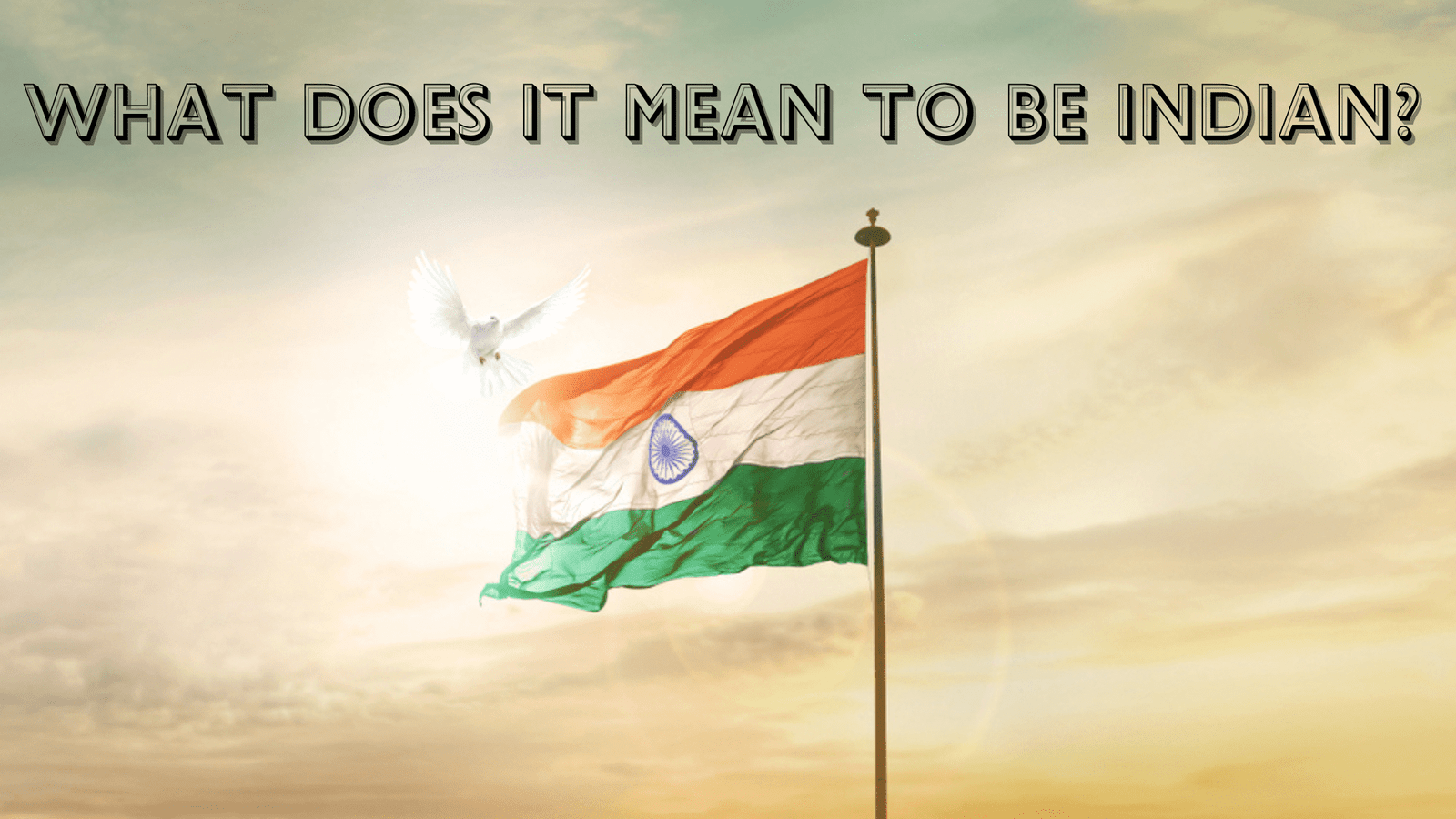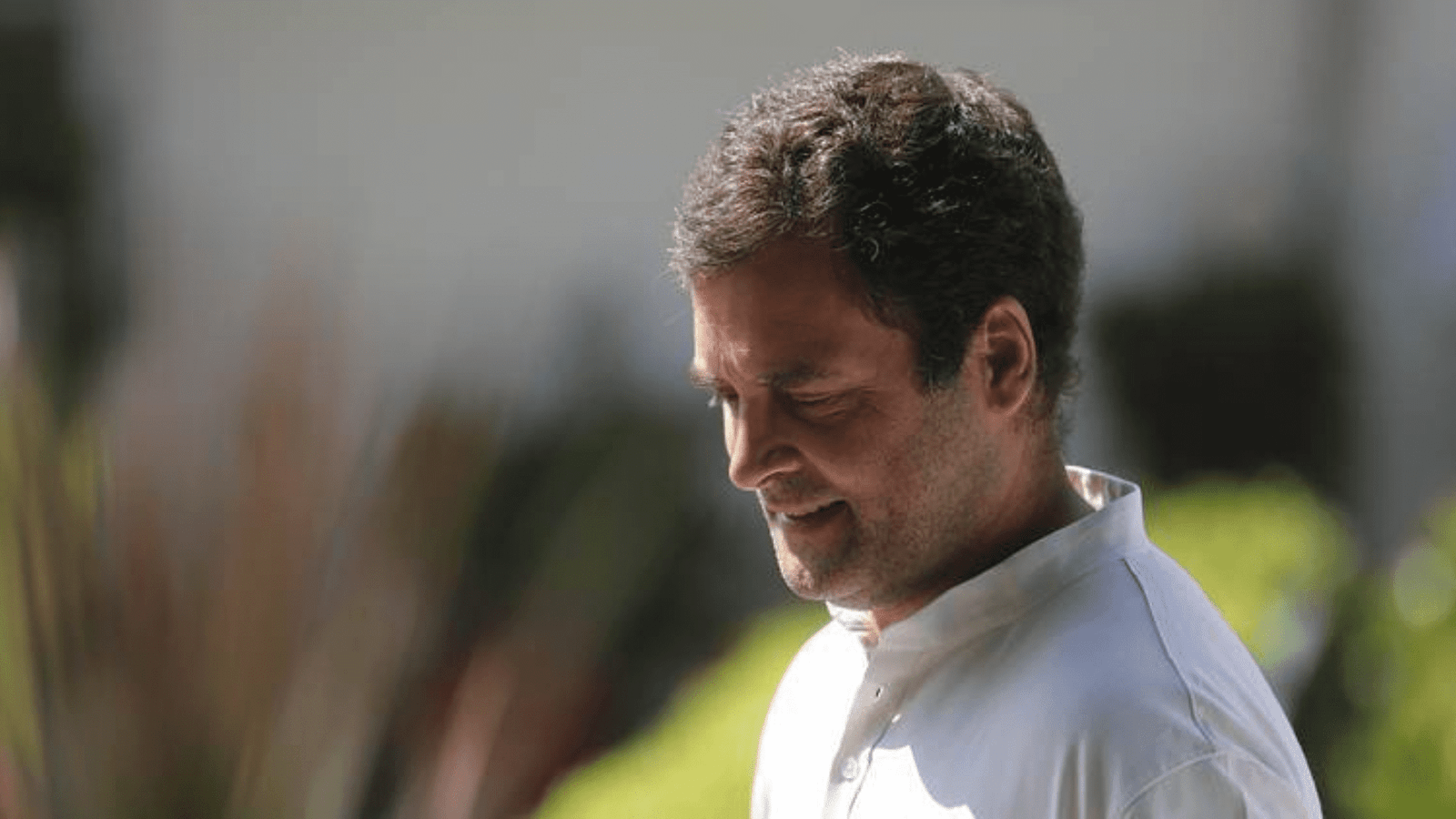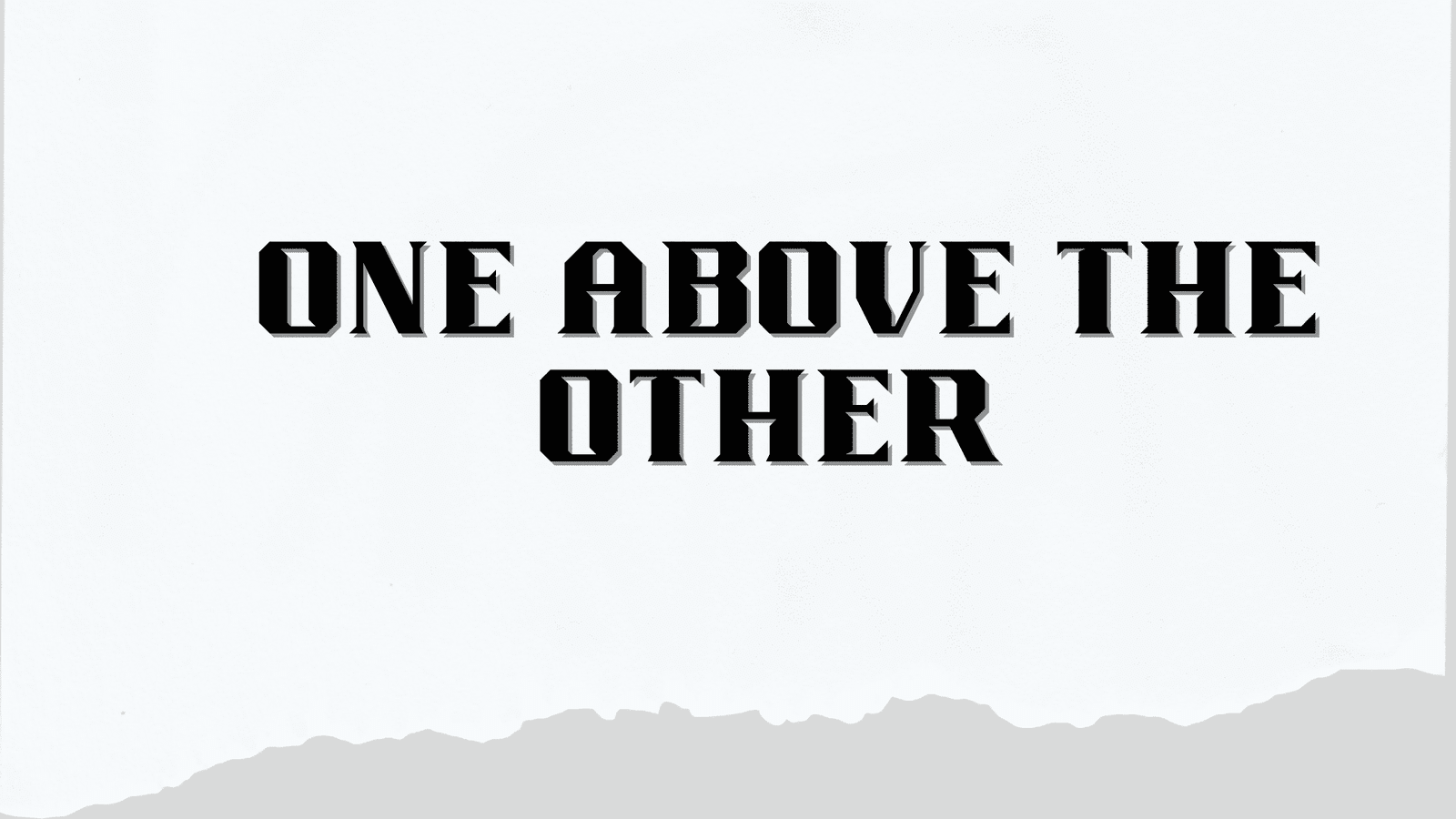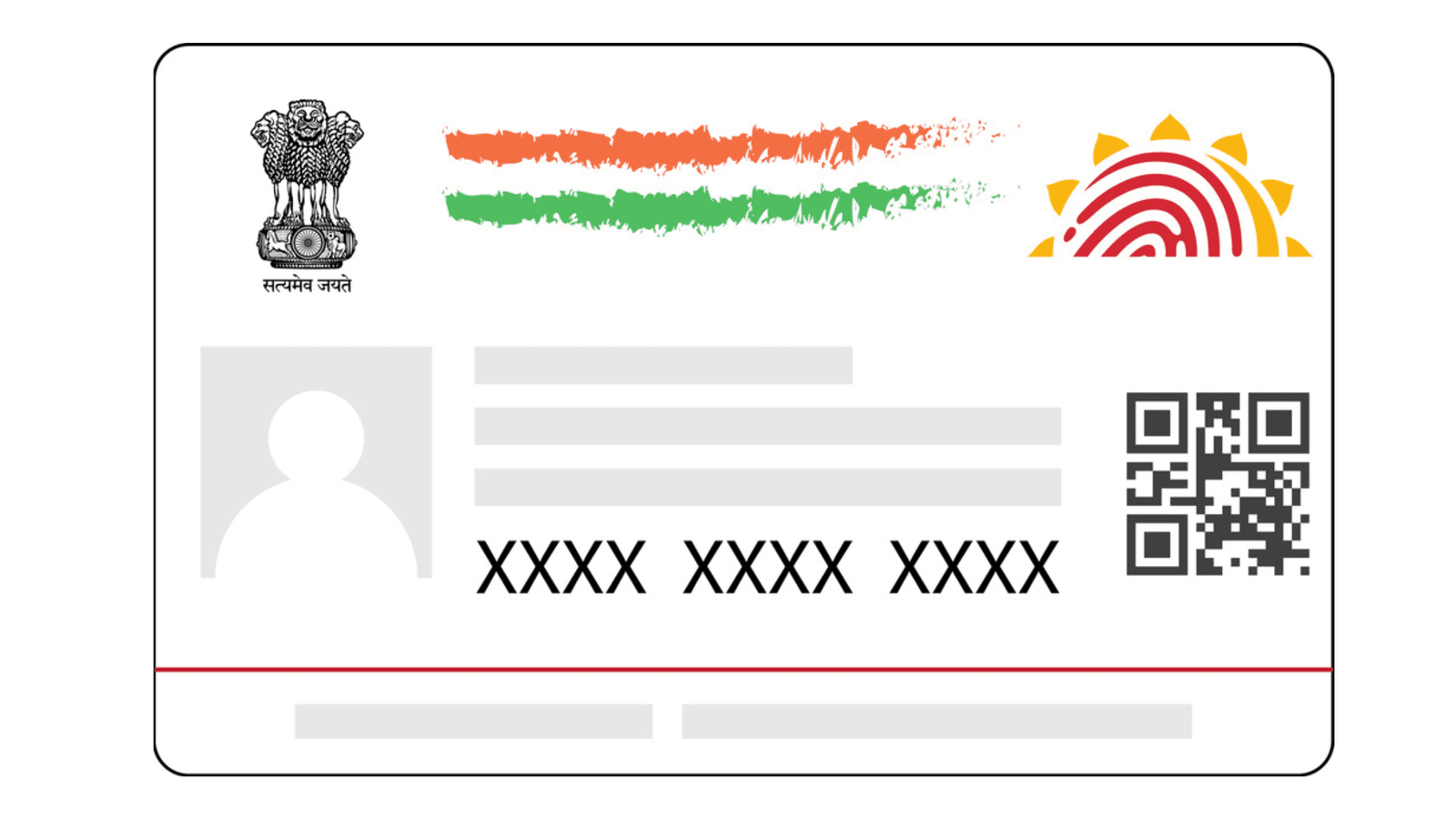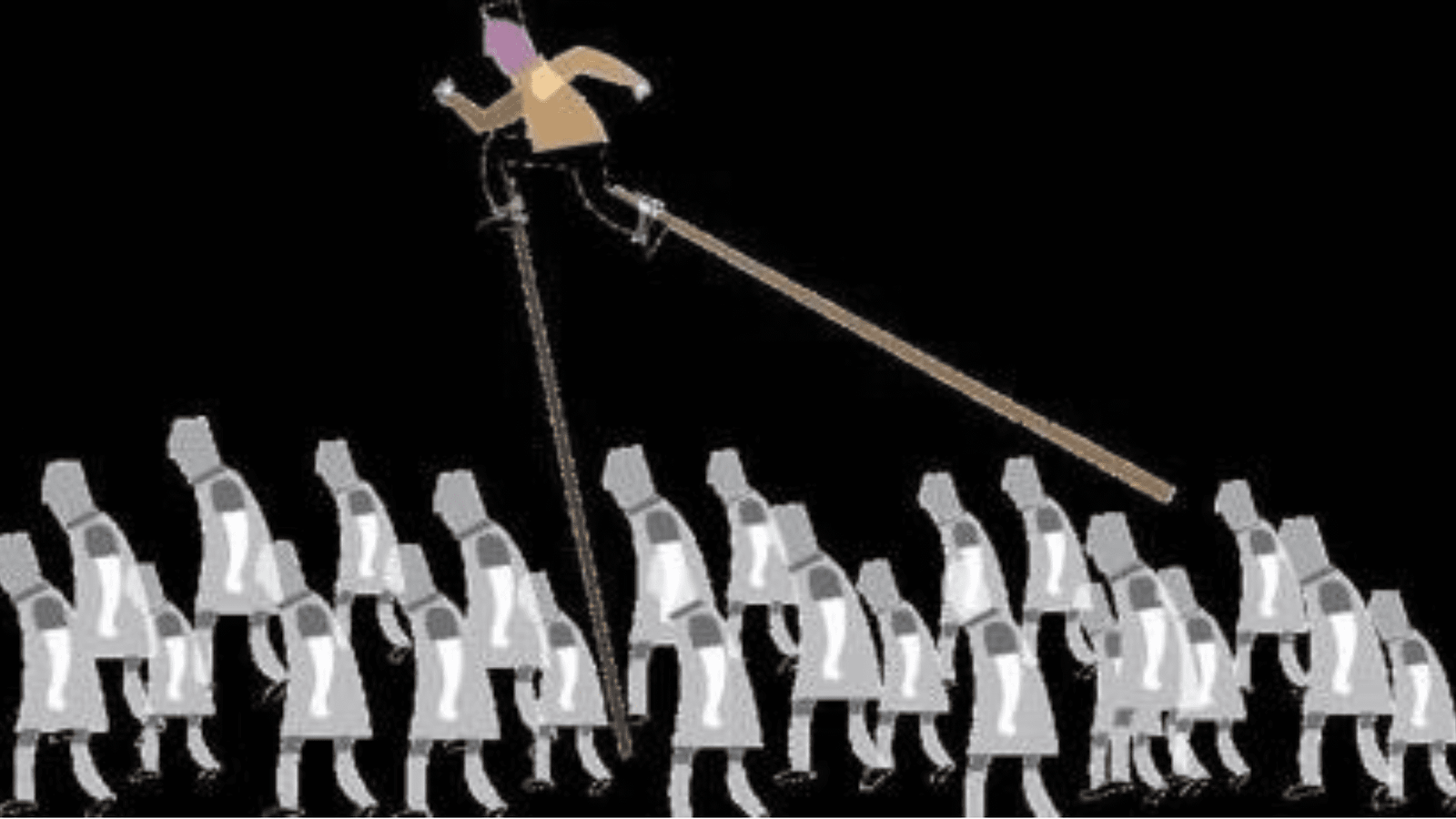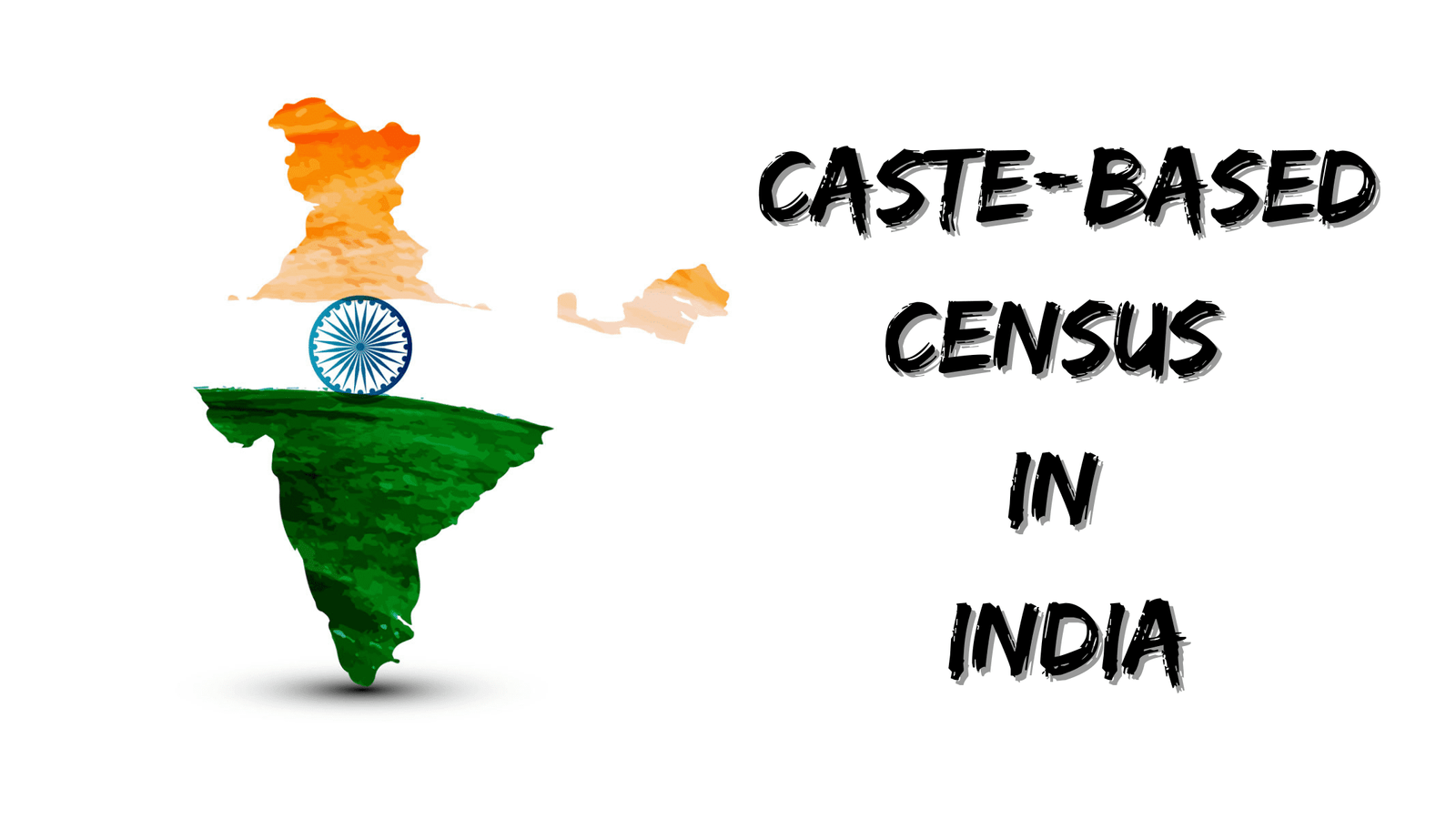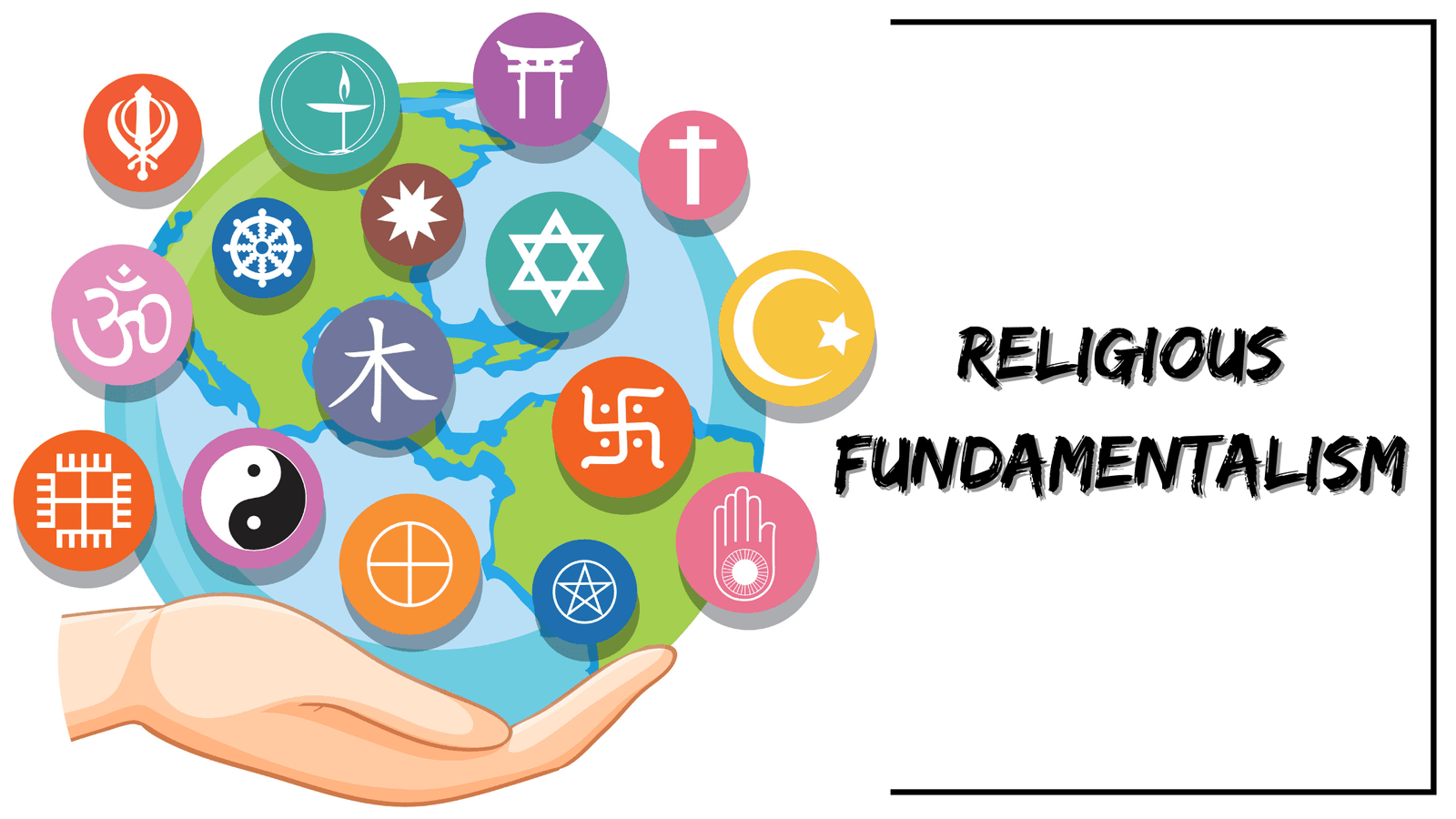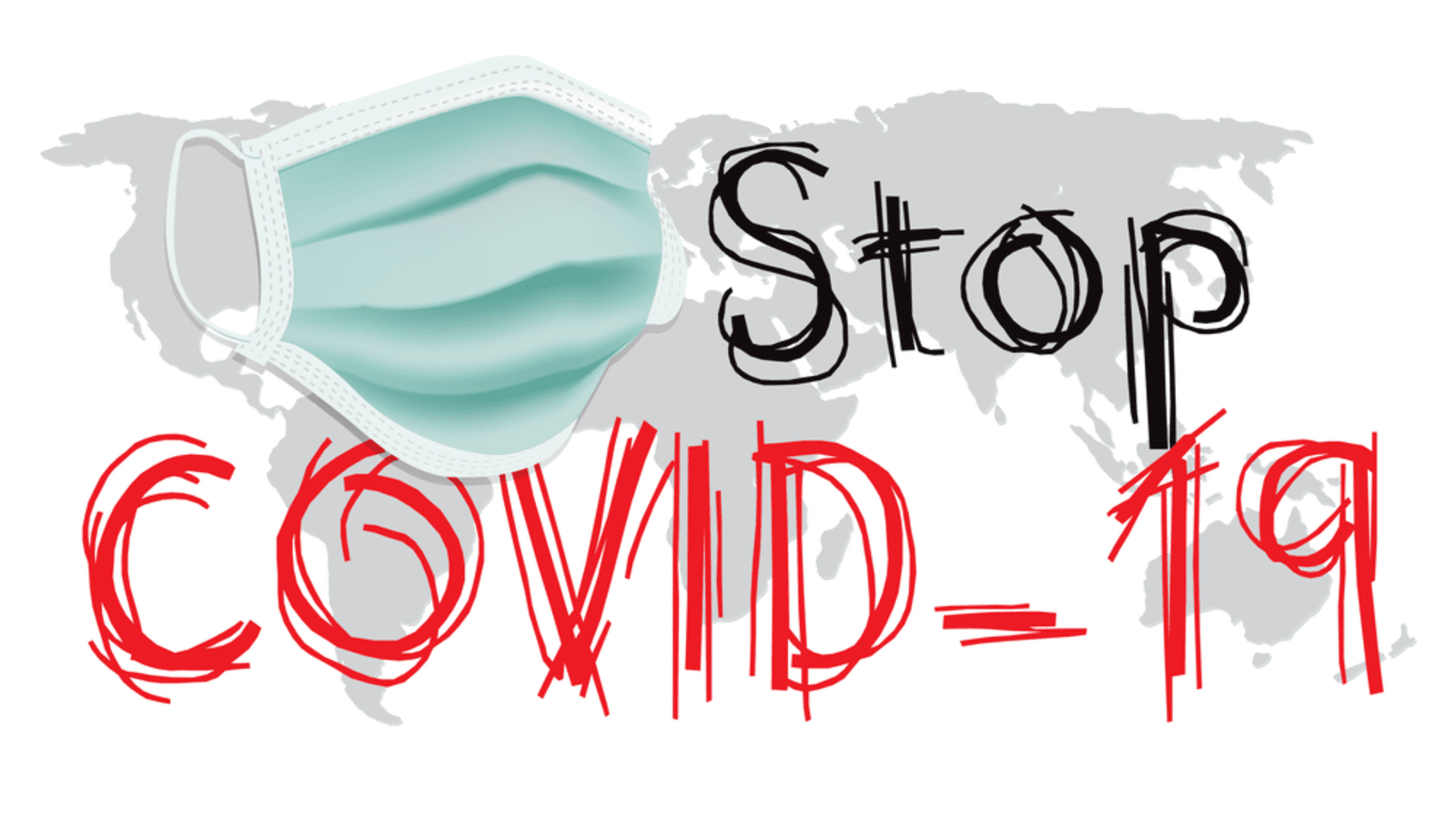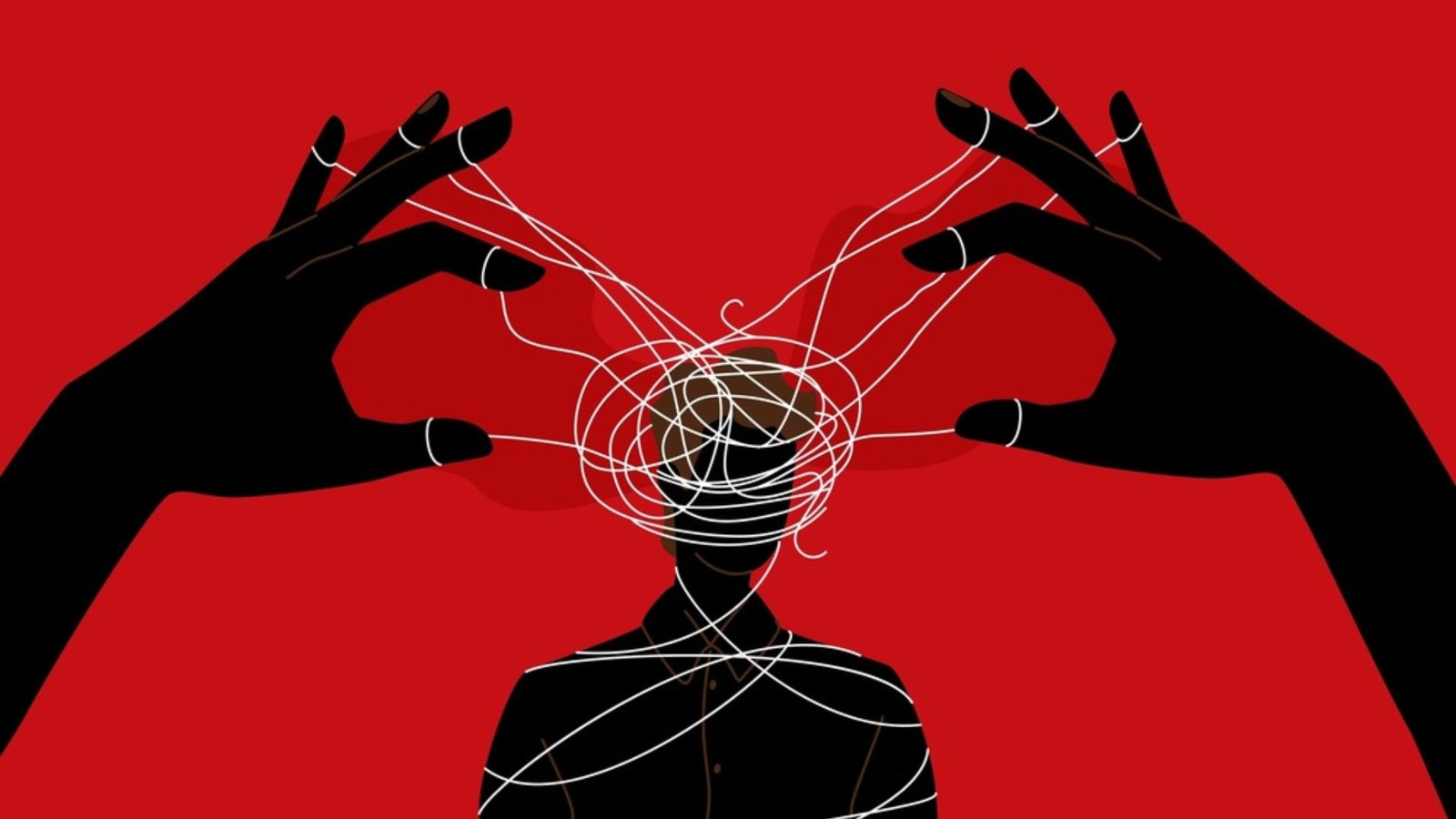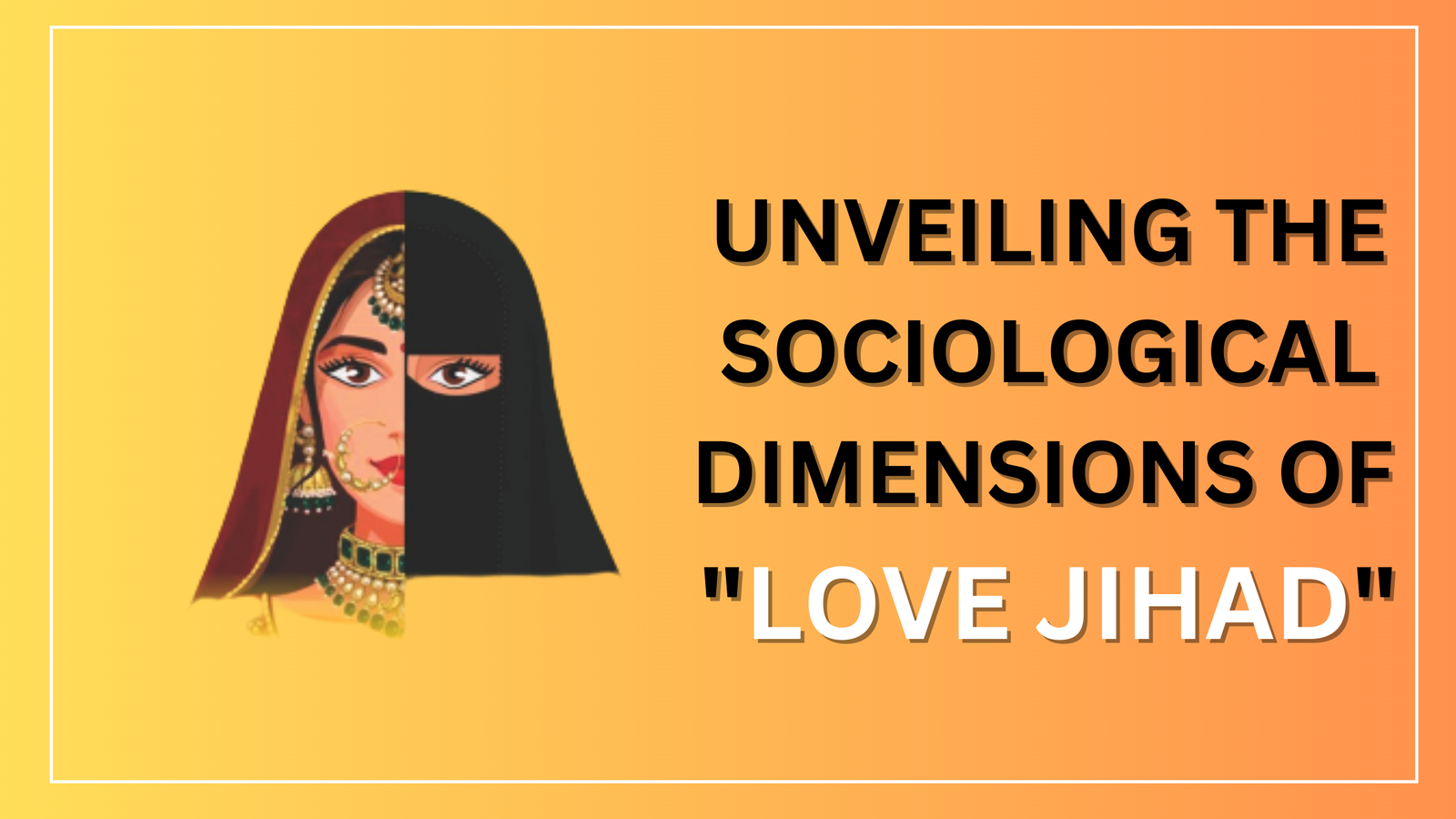
Why in News? Recently, a movie titled The Kerala Story alleged large-scale religious conversions of Hindu women by Muslim men in Kerala. The movie generated controversy and was banned in some states.
The term "Love Jihad" has gained significant attention in recent years, particularly in India. It refers to a controversial concept that alleges a systematic campaign where Muslim men are accused of luring Hindu women into relationships for the purpose of religious conversion. This article aims to analyze the sociological dimensions of "Love Jihad," exploring its origins, social implications, and the viewpoints of Indian and Western sociologists. By delving into relevant sociological theories, concepts, and empirical evidence, we can gain a deeper understanding of this complex and contentious issue.
Origins and Context:
The term "Love Jihad" gained traction in the early 2000s, primarily through online platforms and social media. However, it is important to note that it lacks a clear and concrete definition. The concept has been subject to widespread debate, with varying interpretations and perceptions. Proponents of the "Love Jihad" narrative argue that it is a genuine social phenomenon that threatens religious and cultural boundaries, while critics contend that it is a myth perpetuated to fuel communal tensions.
Sociological Perspectives:
Understanding "Love Jihad" requires a sociological lens that analyzes its social, cultural, and political dimensions. Weber's concept of social action highlights the individual motivations and intentions behind human behavior, including choices made in romantic relationships. The theory of intersectionality emphasizes the interplay between gender, religion, and caste, acknowledging the complex layers that influence individuals' lived experiences.
Indian Sociological Viewpoints:
Indian sociologists have offered diverse perspectives on "Love Jihad." Imtiaz Ahmed, a renowned sociologist, critically examines the term and argues that it is rooted in Hindu nationalist rhetoric rather than empirical evidence. He highlights how such narratives perpetuate a sense of threat and victimhood among certain communities, contributing to social polarization. Similarly, Rowena Robinson's work on religion, identity, and gender provides insights into the complex dynamics at play in interfaith relationships, emphasizing the need to move beyond simplistic narratives.
Western Sociological Perspectives:
Western sociologists have also engaged with the concept of "Love Jihad" from their respective perspectives. Roger Ballard explores the social construction of religious identity and how it intersects with issues of multiculturalism and assimilation. His work prompts us to critically analyze the assumptions and implications underlying the "Love Jihad" narrative. Nilufer Bharucha examines the impact of gender, religion, and politics on interfaith marriages, highlighting the need to understand such relationships within broader societal contexts.
Socio-political Implications:
The discourse around "Love Jihad" has significant socio-political implications. It intersects with debates on religious freedom, cultural preservation, and gender equality. Critics argue that the narrative perpetuates Islamophobia and reinforces stereotypes about Muslim men. Moreover, it can lead to increased social tensions, communal violence, and the stigmatization of interfaith relationships. It is crucial to navigate these discussions with sensitivity, recognizing the diversity and complexity of human relationships
Critiques and Challenges:
The concept of "Love Jihad" has faced criticism on various grounds. Scholars argue that it perpetuates a conspiracy theory without substantial evidence, often relying on anecdotal accounts and sensationalized media coverage. Moreover, it overlooks the agency and autonomy of women involved in interfaith relationships, reducing them to passive victims. These critiques highlight the importance of examining the broader socio-political context in which such narratives emerge.
Conclusion:
The concept of "Love Jihad" has sparked heated debates and polarized opinions. By analyzing it through a sociological lens, incorporating the perspectives of Indian and Western sociologists, and utilizing relevant sociological theories and concepts, we can critically evaluate its social implications. It is crucial to foster dialogue that promotes understanding, empathy, and respect for diverse relationships, recognizing the agency and choices of individuals involved. Addressing issues of gender, religious freedom, and communal harmony should be at the forefront of discussions surrounding "Love Jihad," ensuring a more inclusive and harmonious society.
